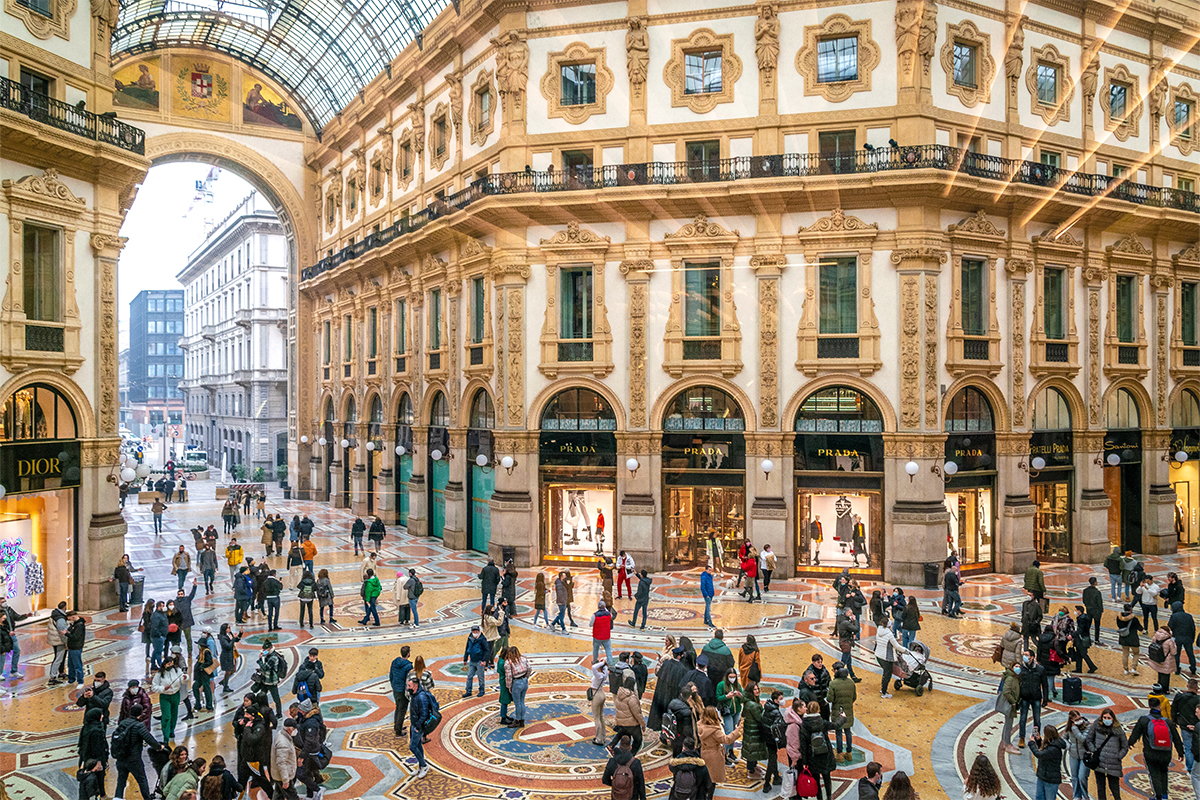
Galleria Vittorio Emanuele II mall in Milan: The city has long been a magnet for the world’s wealthy
LUX speaks with Alan Hooks, Managing Director, Head of Private Clients UK at Julius Baer, about the Swiss private bank’s 2022 report on the changing consumption and spending habits of the wealthy around the world

Alan Hooks
LUX: Are we seeing a generational change in the way high net worths (HNIs) and ultra high net worths (UHNIs) spend and invest, taking into account sustainability considerations?
Alan Hooks: Certainly we have seen that shift in approach from a next generation perspective, and that’s where the acceleration of these conversations are coming from. So when you talk about investment habits, the majority of those conversations are held with the future custodians of the wealth of the family, so we are seeing that manifesting itself quite considerably in those conversations.
When it comes to consumption habits, the report also shows that high net worths, and ultra high net worths are typically early adopters of new technology, new product design, that will have a positive impact on the environment. With that advocacy comes some responsibility because typically that early adoption will mean others will start to follow. I think that’s an important trend to observe, and we’ve seen that come out of our Global Wealth and Lifestyle Report over the last few years.
Follow LUX on Instagram: luxthemagazine
If you look at the shifting patterns of consumer spending, you’ll see a move from possessions to experience. In particular, that can be seen from the report in terms spending on health, and travel and leisure have been quite significant in the in previous years. During the pandemic were not able to freely travel as much as they would have done, but now it’s over, that is strong. We are certainly seeing from a London perspective the leisure and tourism sector is an area where discretionary spend is high.
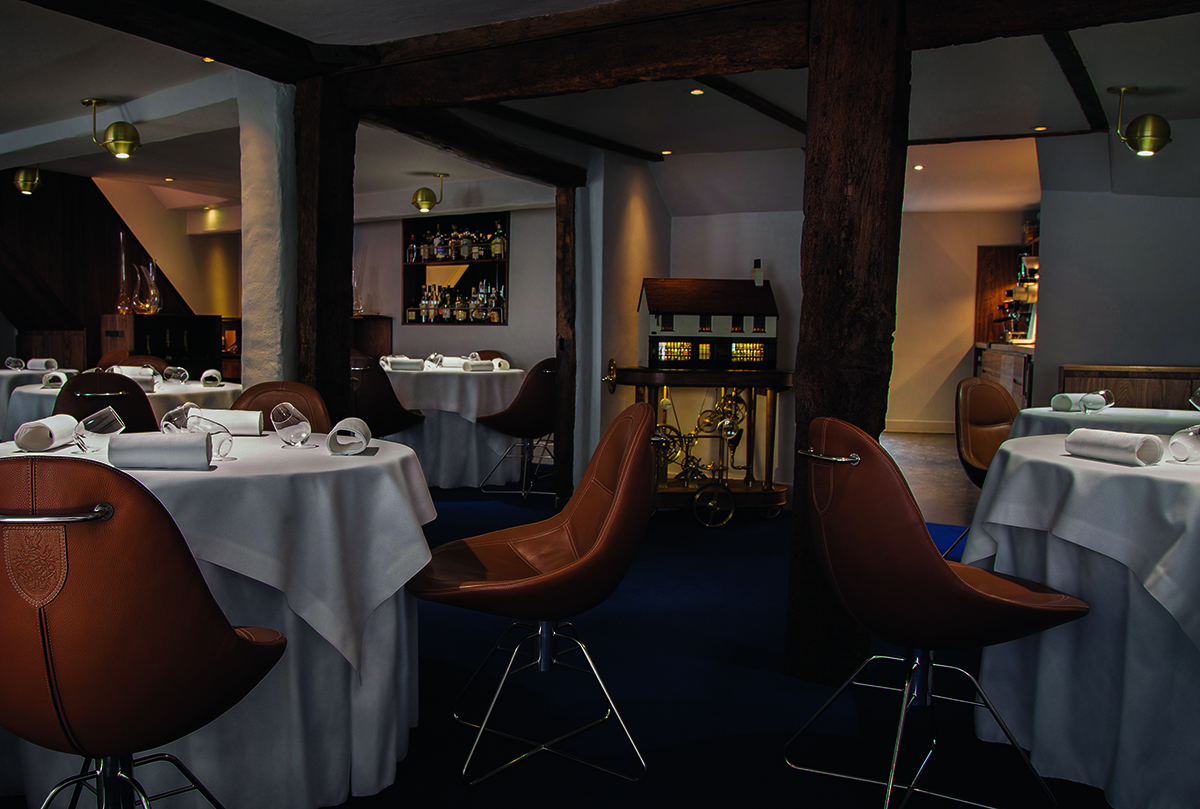
Heston Blumenthal’s restauarnt The Fat Duck, outside London. High net worth individuals are spending more on experiences according to the report
LUX: You rank various cities in the world in terms of their cost and desirability. Any place stand out of particular interest?
AH: What’s great about the report is that we highlight cities around the world where there is still great opportunity, Sao Paulo for example, has a significant population, high degree of a younger (wealthy) demographic signifying great opportunity.
LUX: What other elements are important for HNIs and UHNIs?
AH: What recent months have shown us is the focus on security and safety and countries and cities that can offer that level of security and stability, are important. In this demographic that becomes important as a factor in terms of where people are basing themselves or may be relocating. Other considerations such as lifestyle, education and so on are also important. The cosmopolitan nature of cities around the world, certainly for international families, is important.
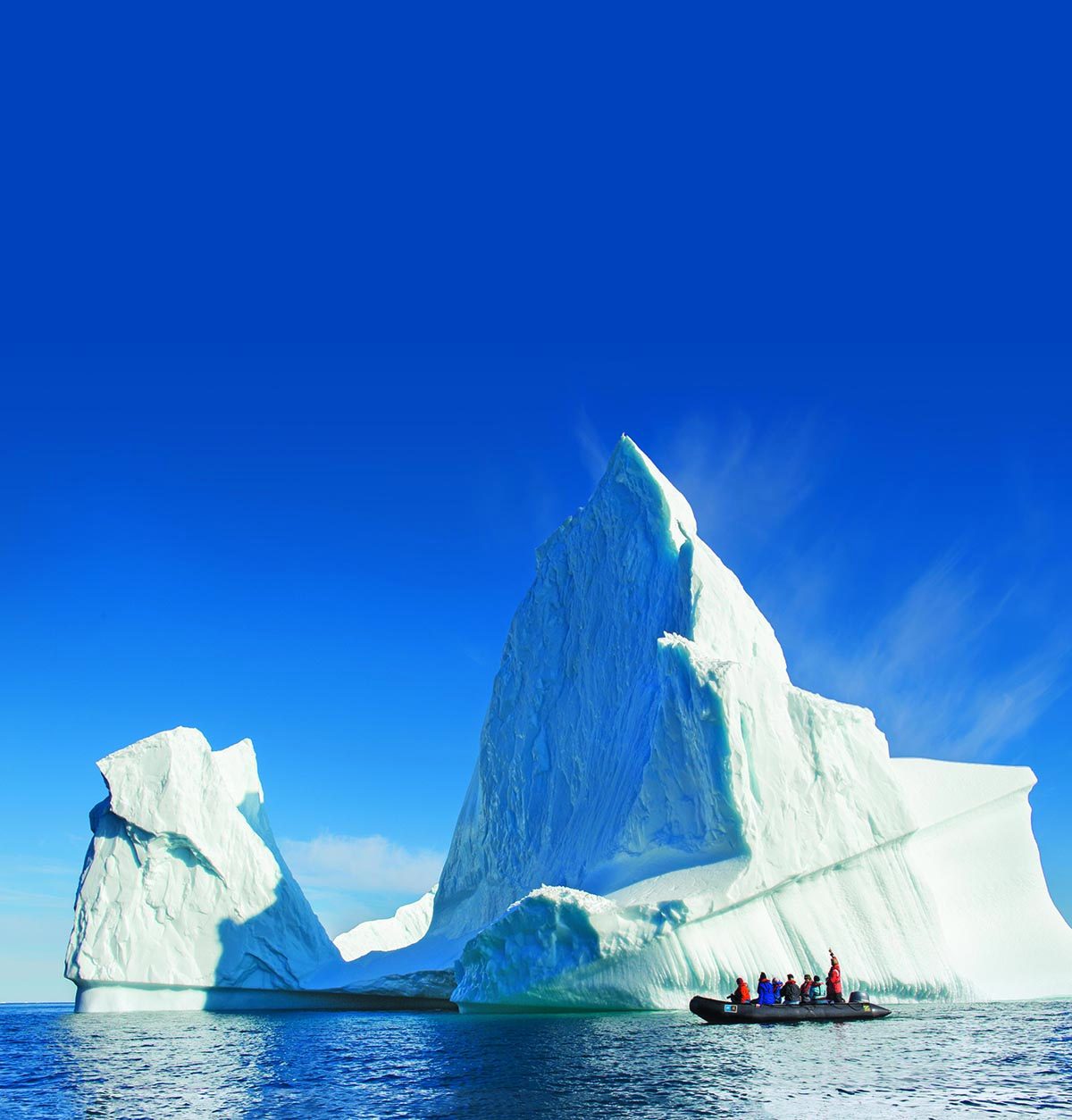
Expensive but exclusive adventure experiences like Sven Lindblad Expeditions gives guests the opportunity to see sites like this iceberg in Ilulissat, Greenland
LUX: Crystal ball gazing, what do you expect to see in next year’s report?
AH: I think I would expect to see trends continuing in terms of continued focus around health and well-being. I would be interested to see whether the challenges that we’ve observed in the 2022 report will remain in the future, or whether that starts to settle. For example, if we look at some of the findings on London in leisure, we see a significant demand for leisure, tourism, hotels and restaurants. We are also hearing from hoteliers and restauranteurs about the challenge around finding staff.
Read more: Chef Heston Blumenthal: The Culinary Resurrector
It will be interesting to see and hear from respondents over the next 12 months whether this trend is continuing and how things are faring as a result of things settling down after the pandemic. It will also be interesting to observe the levels of creativity we find from businesses in product design and in servicing high net worth and ultra-high net worths. What we have learned in the pandemic is that typically there has been innovation and creativity in these areas.
Find out more: juliusbaer.com

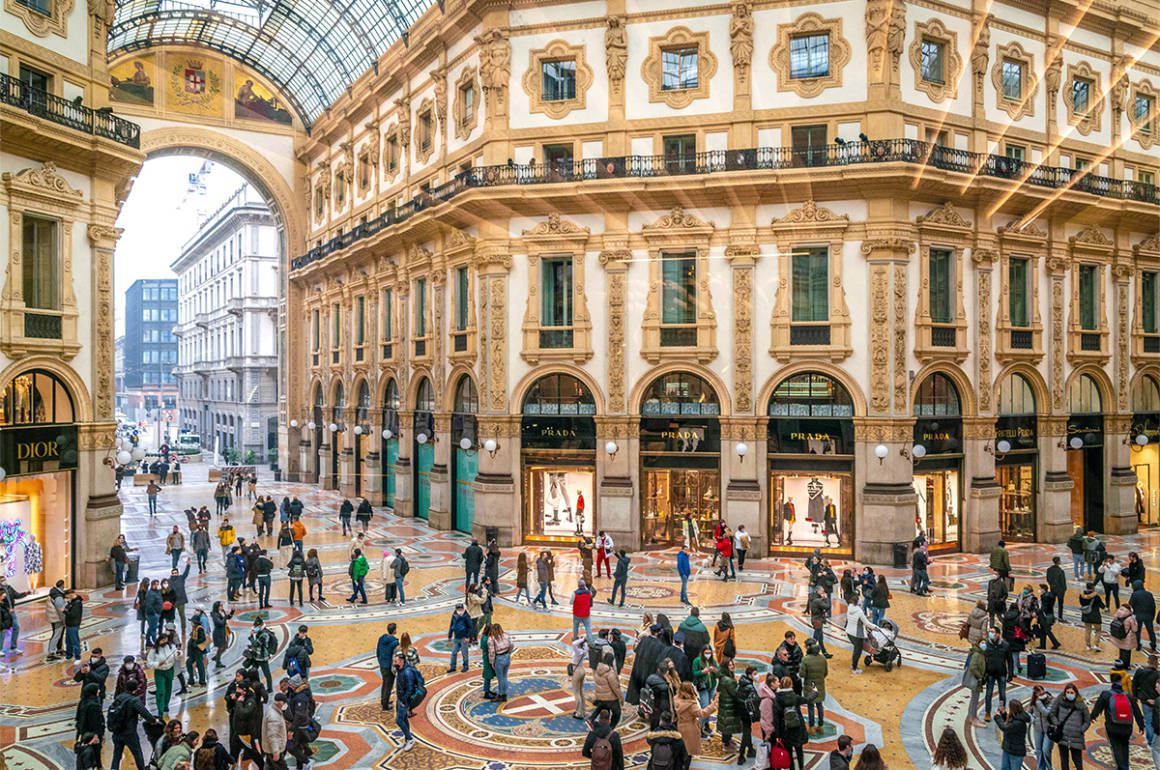
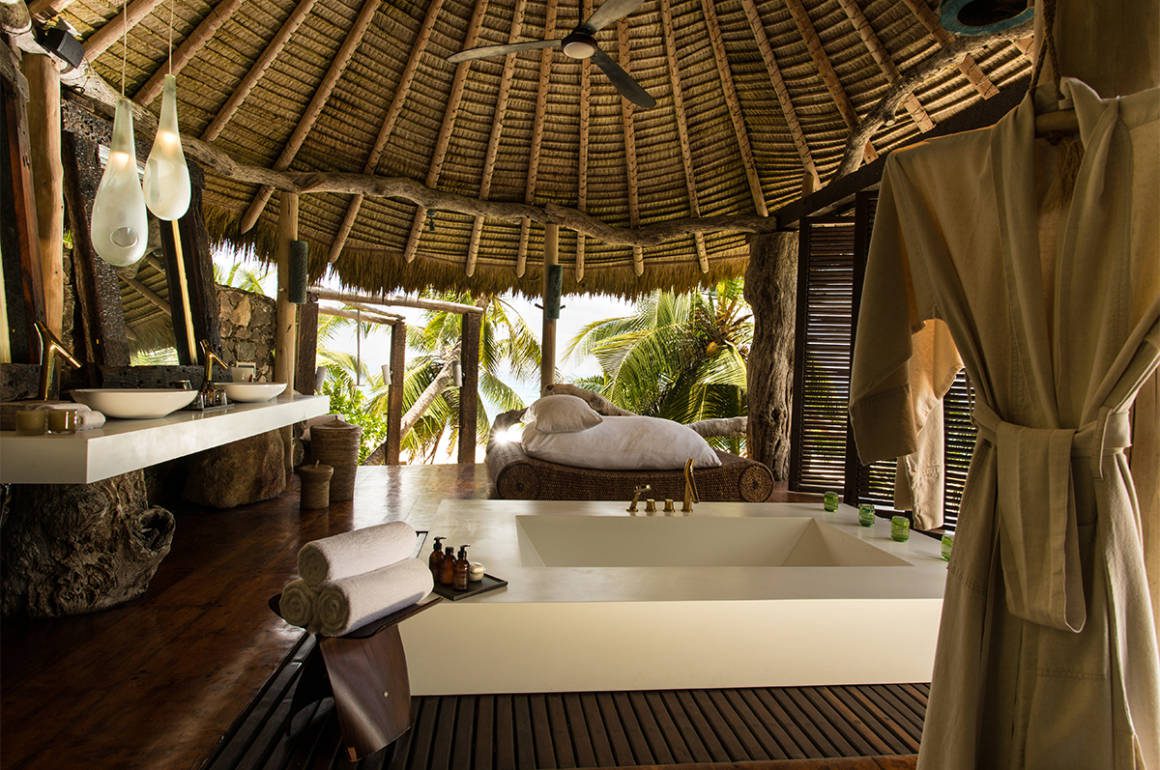
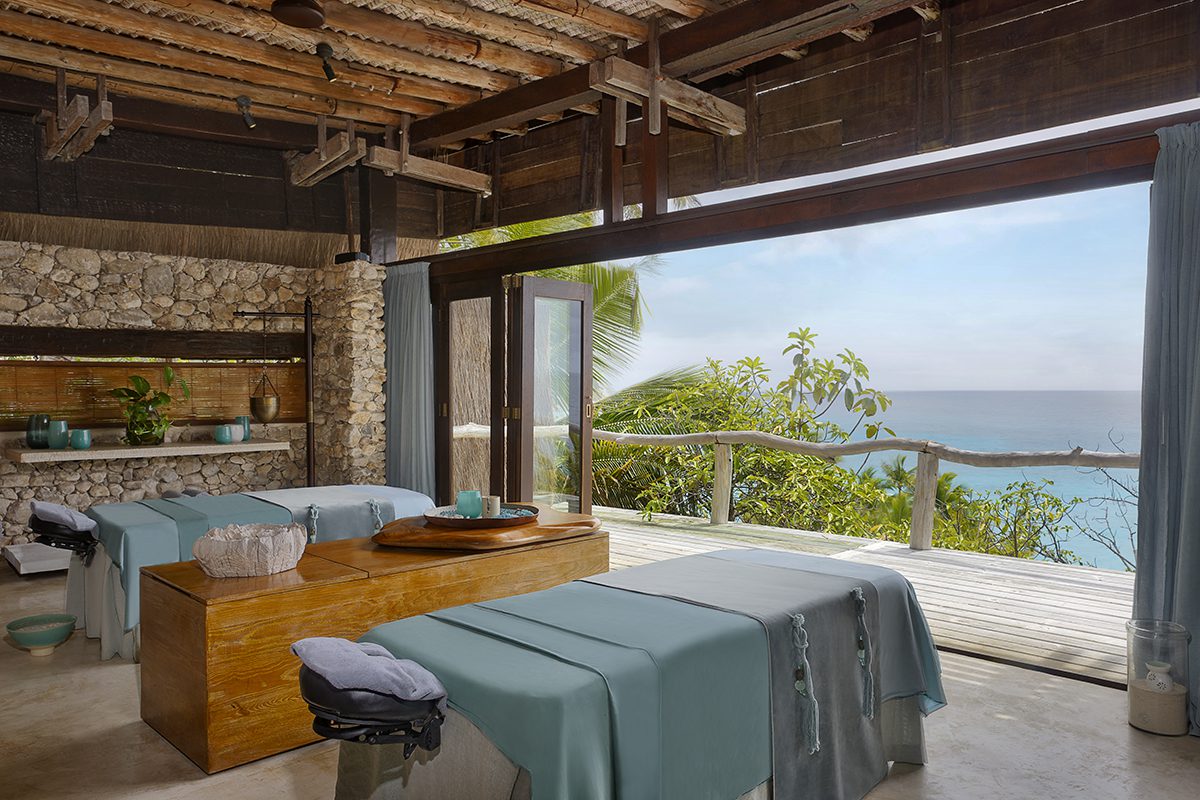 Clinique La Prairie has established itself as a leading name in longevity research, offering wellness programmes for over ninety years. For its inaugural escape far away from its traditional Alps and Lake Geneva landscape, the brand has set base on North Island Resort in the Seychelles to create a complete Clinique La Prairie experience
Clinique La Prairie has established itself as a leading name in longevity research, offering wellness programmes for over ninety years. For its inaugural escape far away from its traditional Alps and Lake Geneva landscape, the brand has set base on North Island Resort in the Seychelles to create a complete Clinique La Prairie experience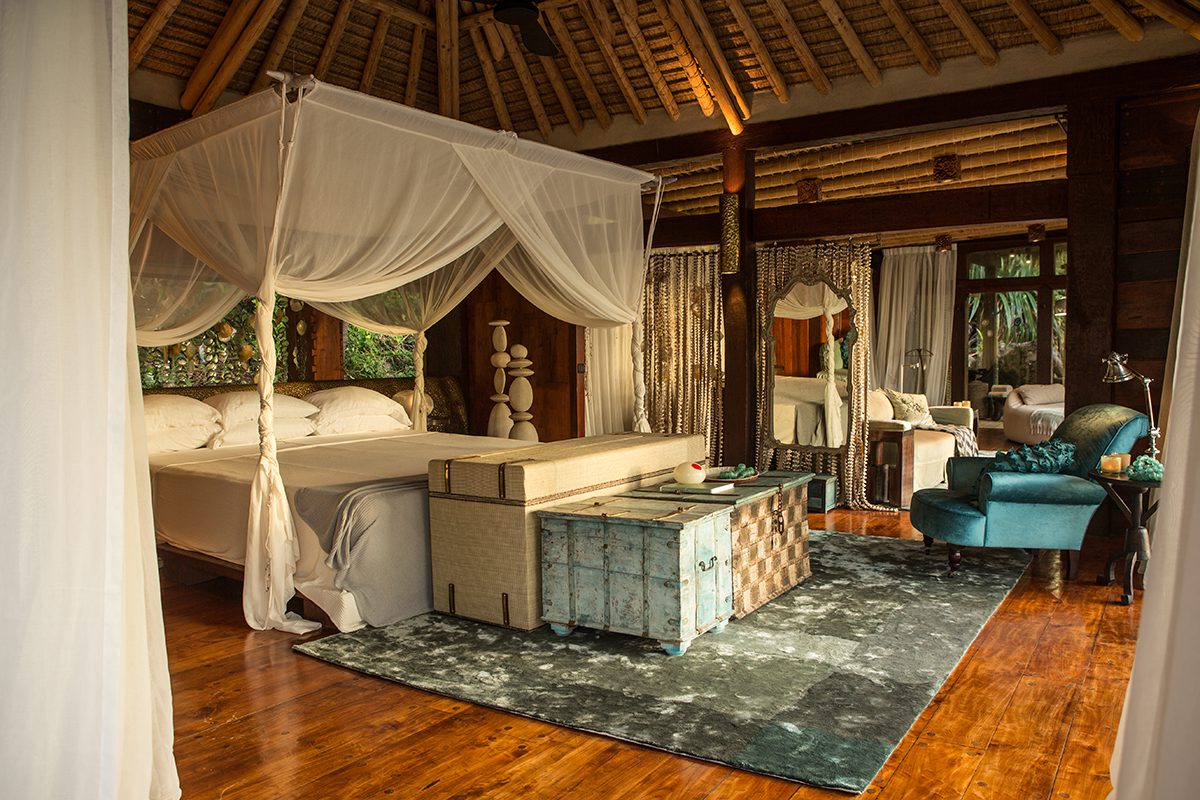
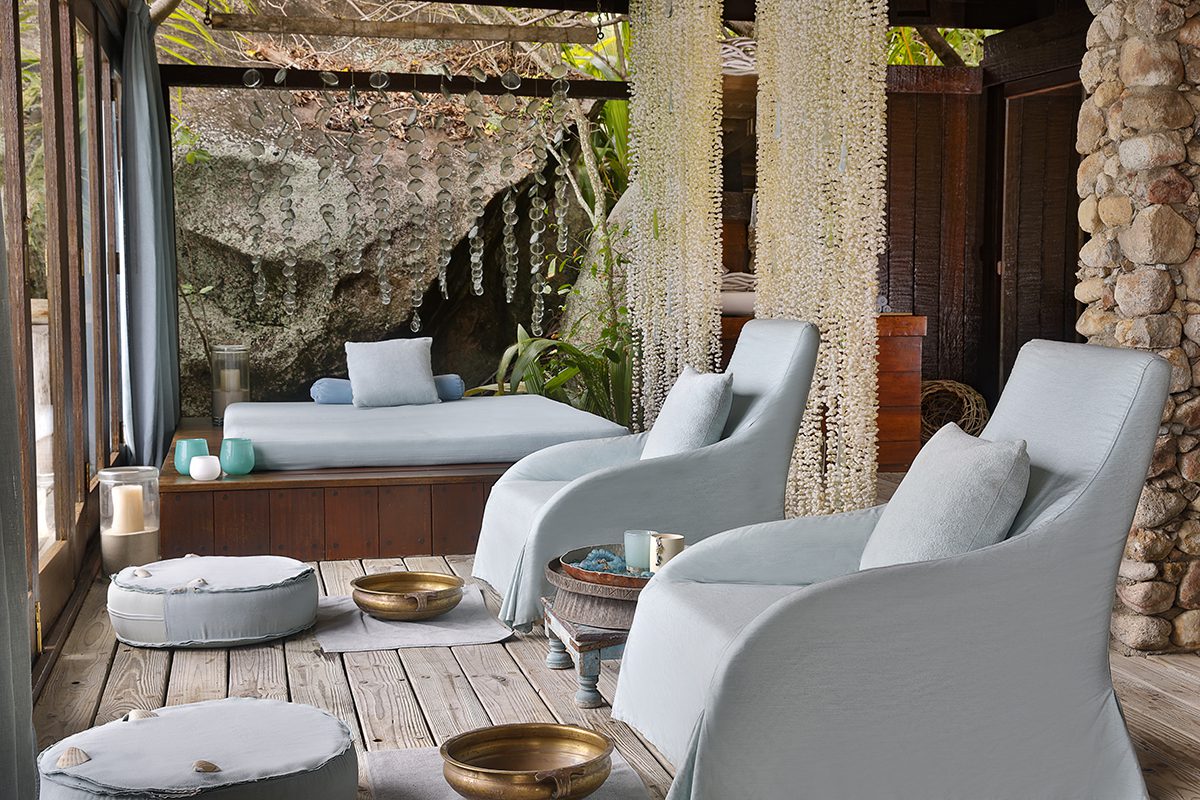
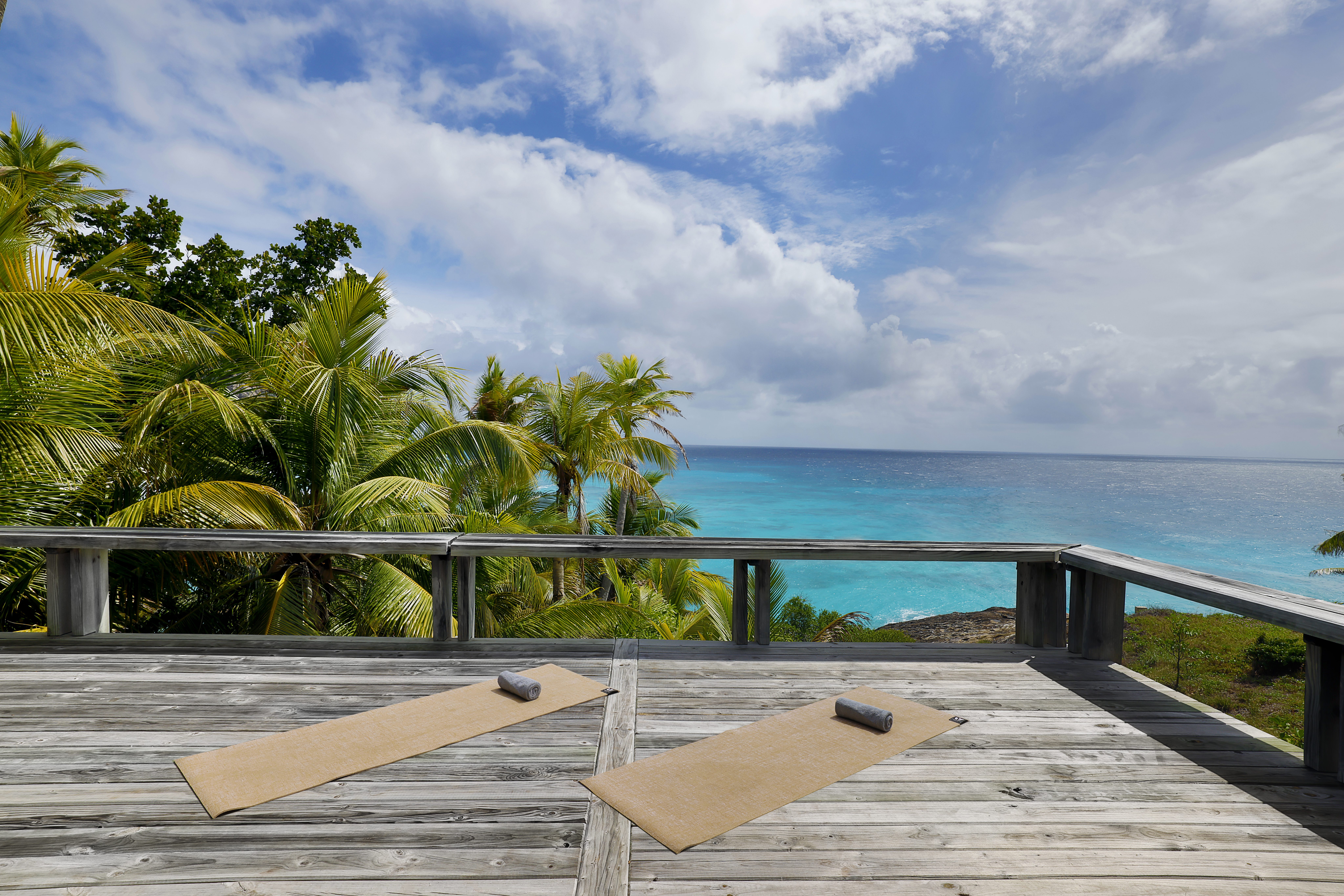
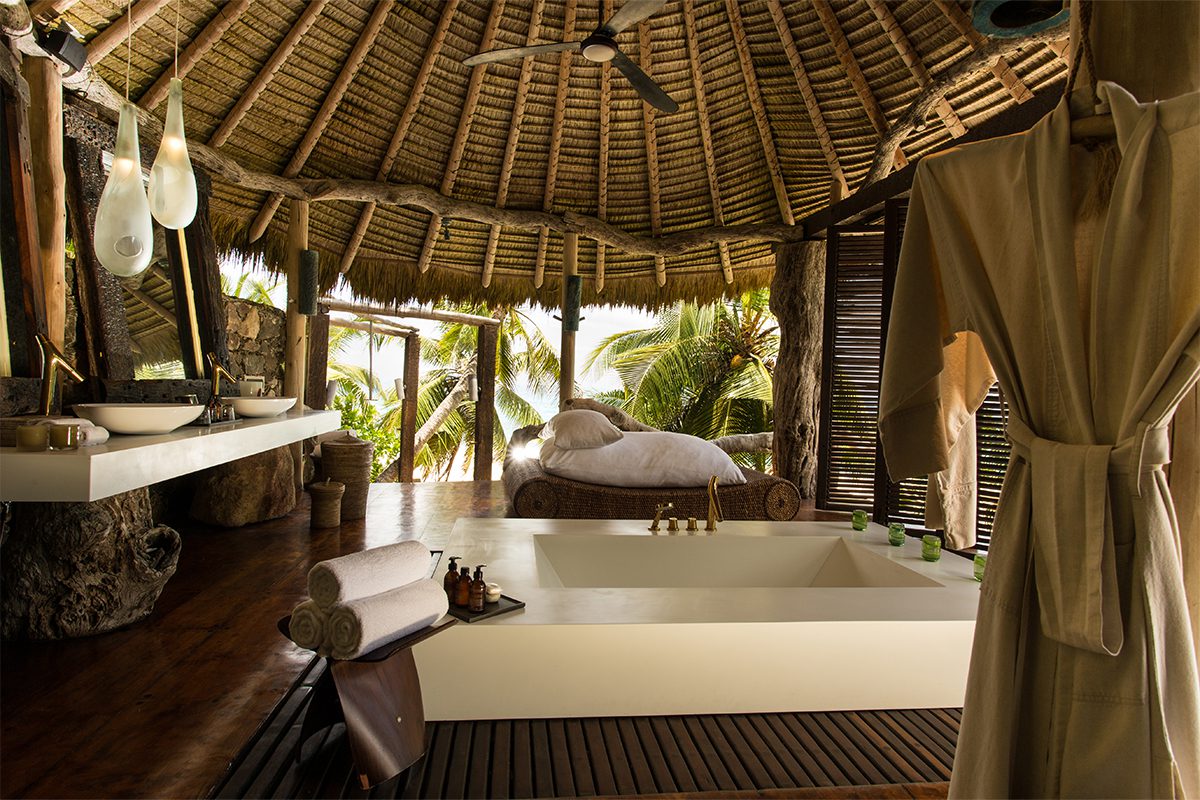
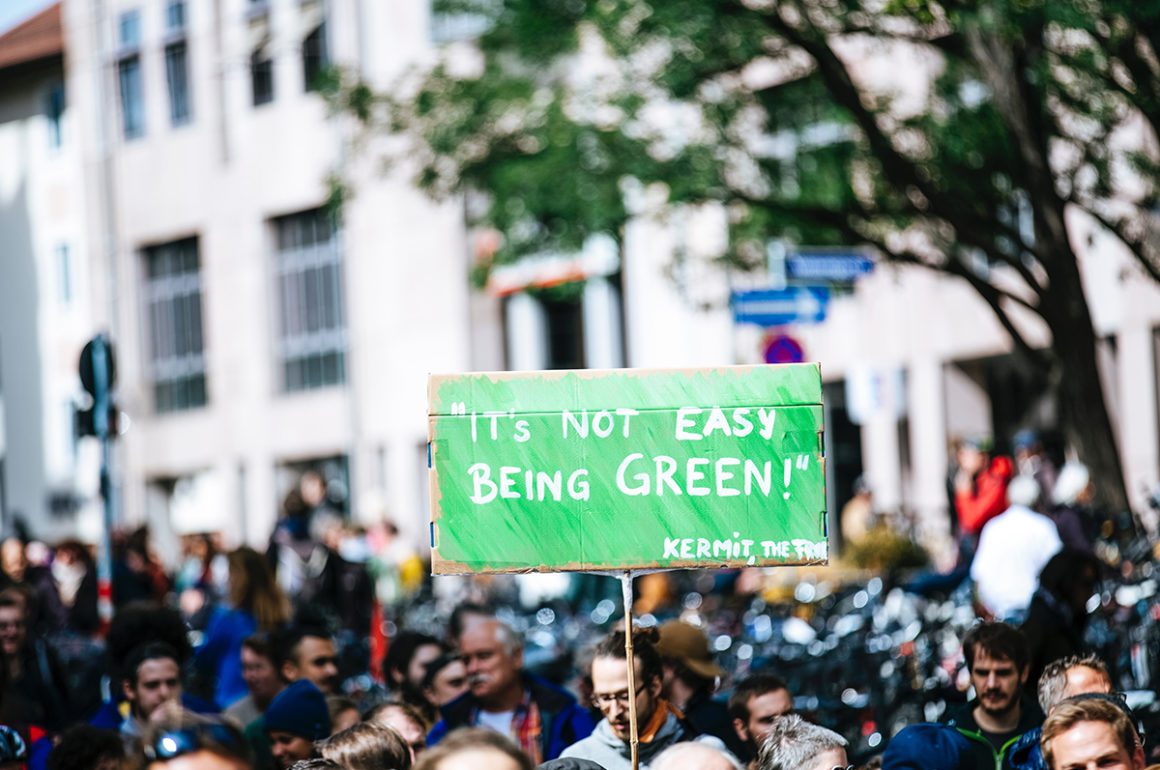
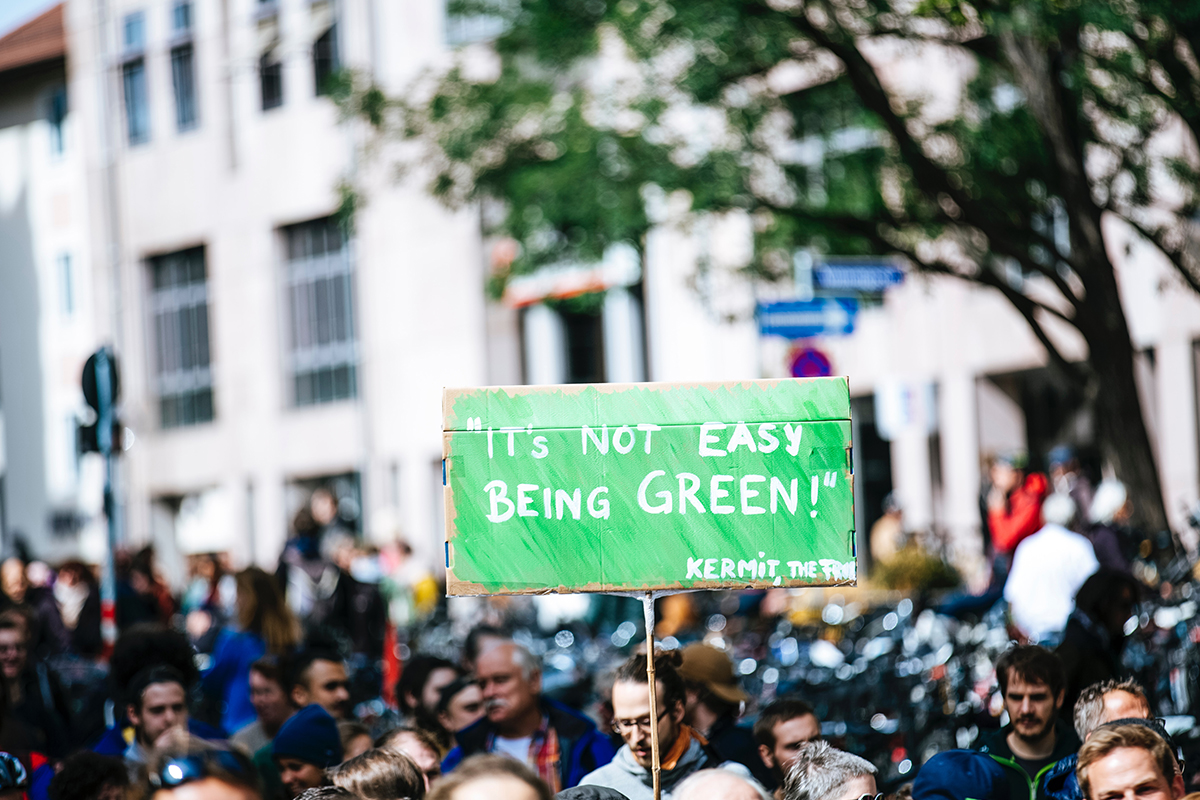

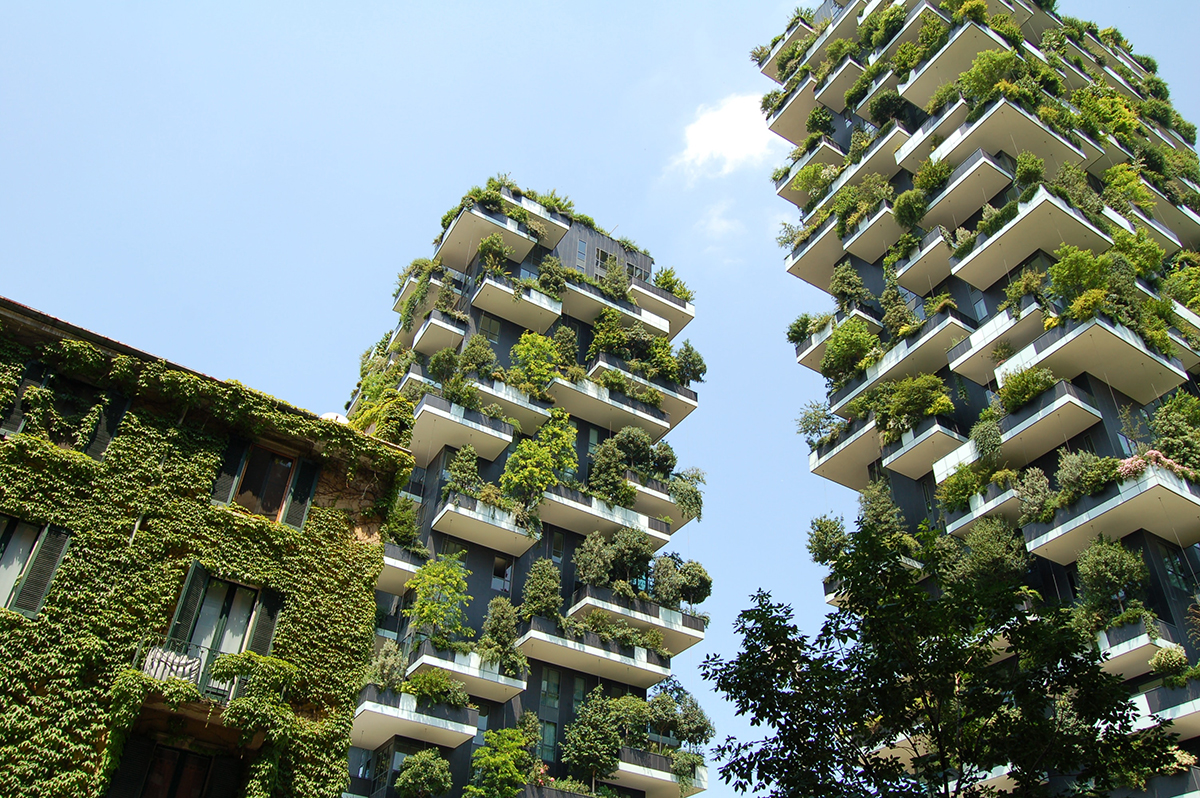
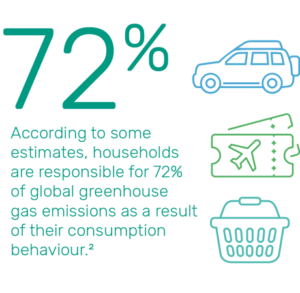
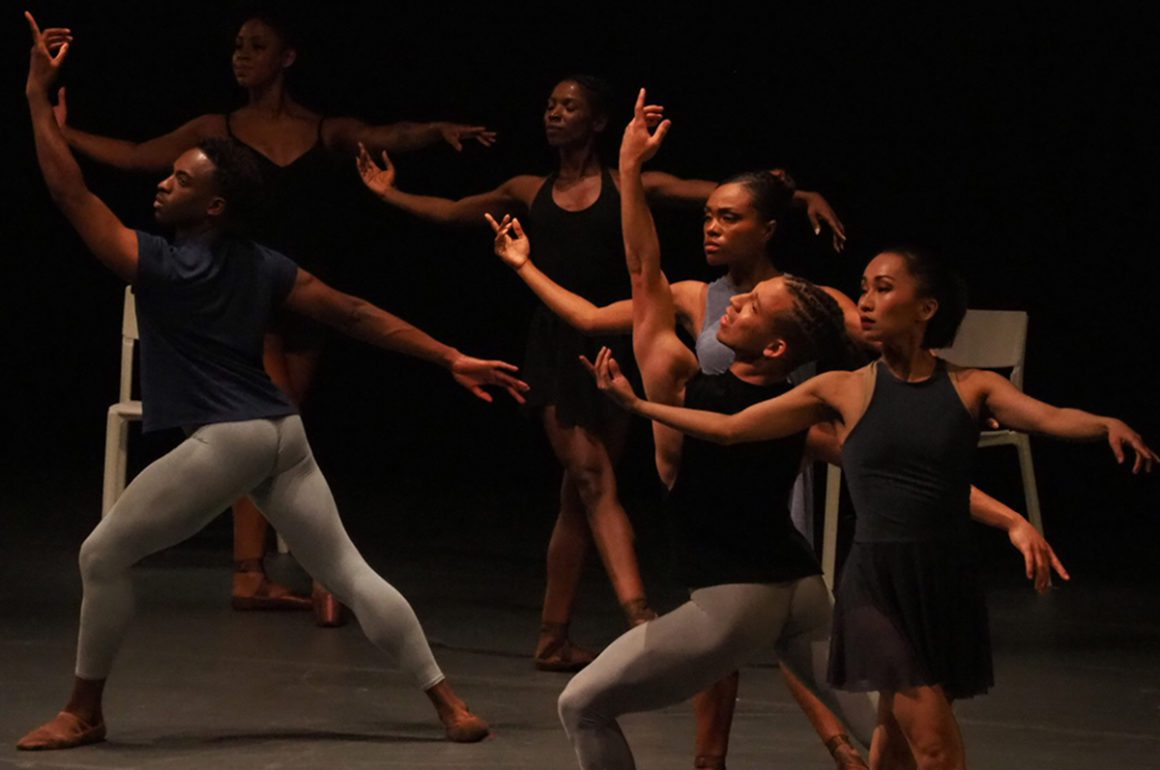
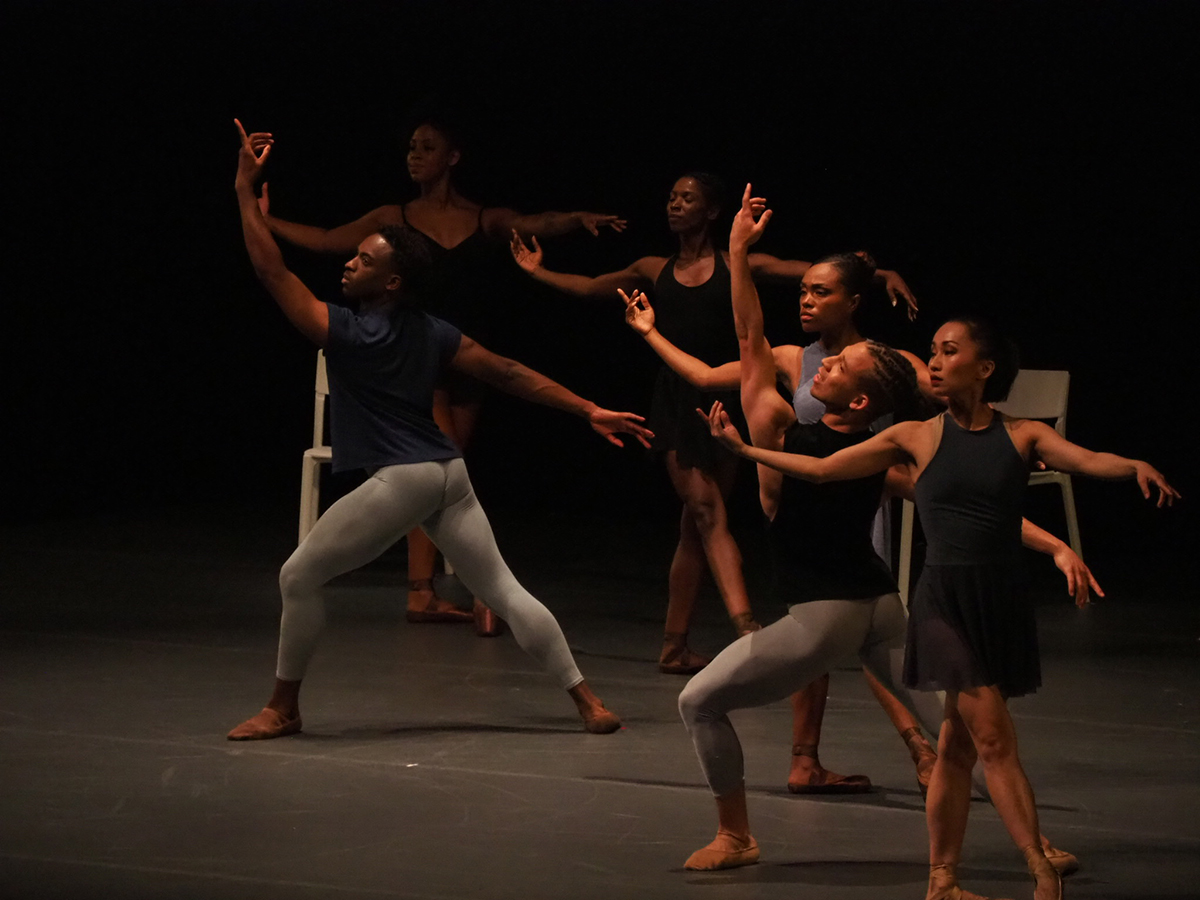
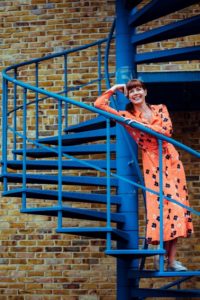

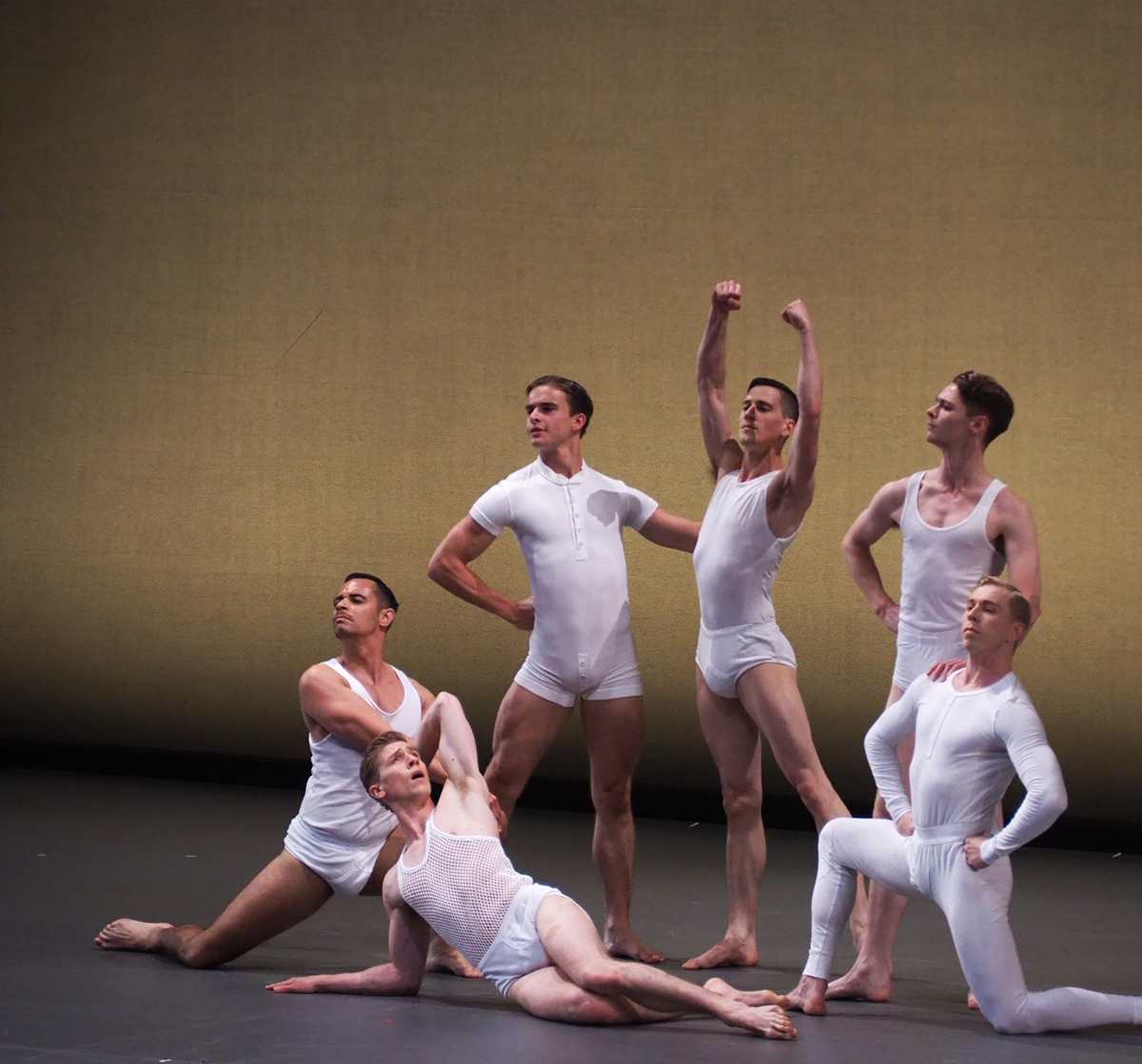
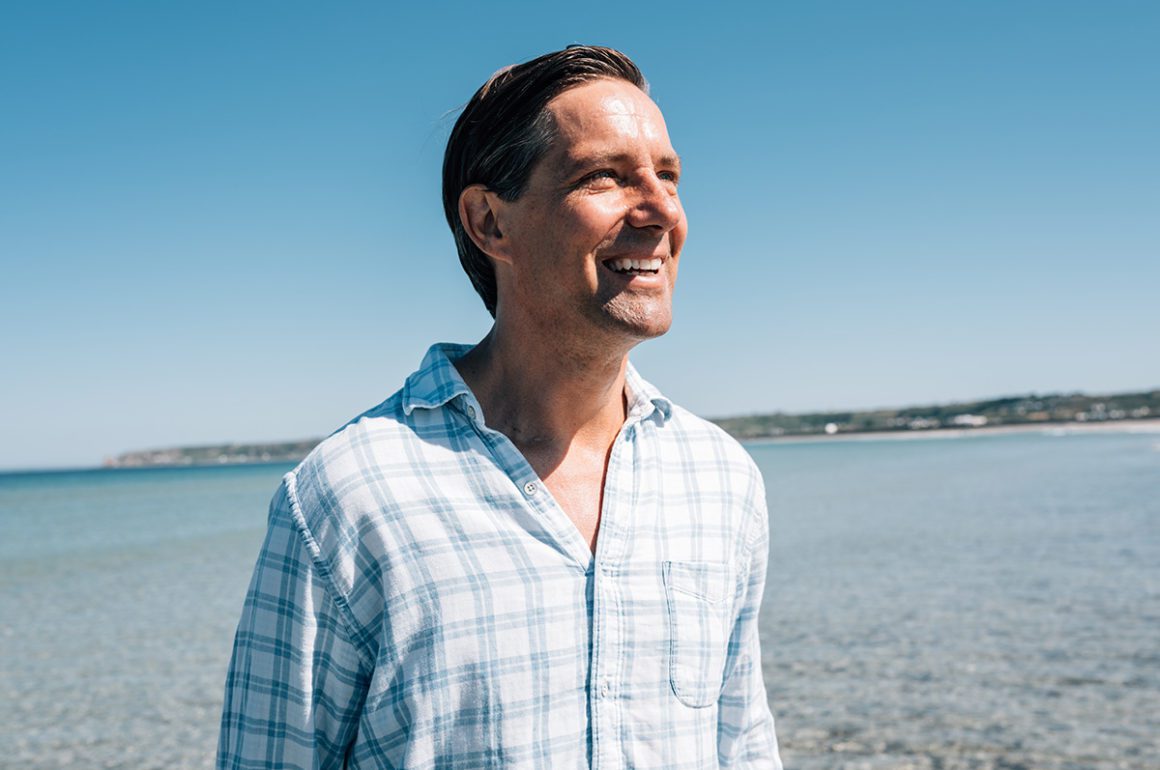
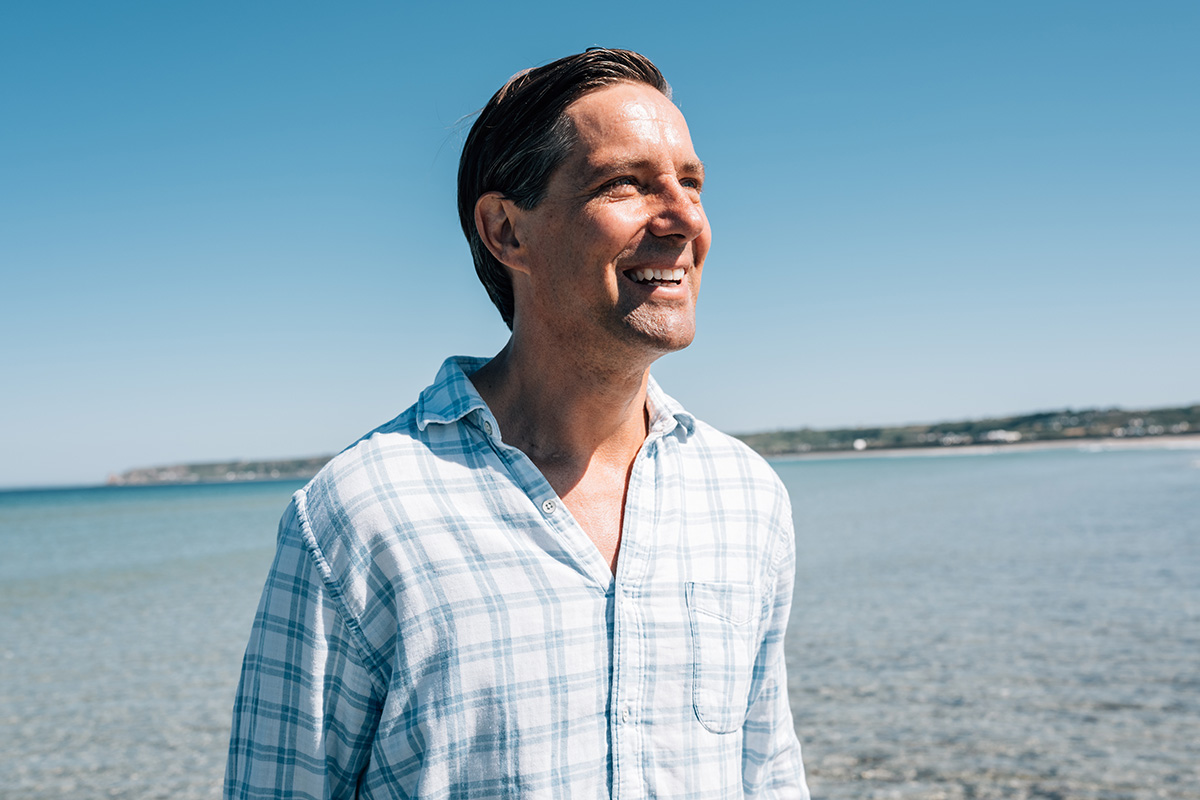
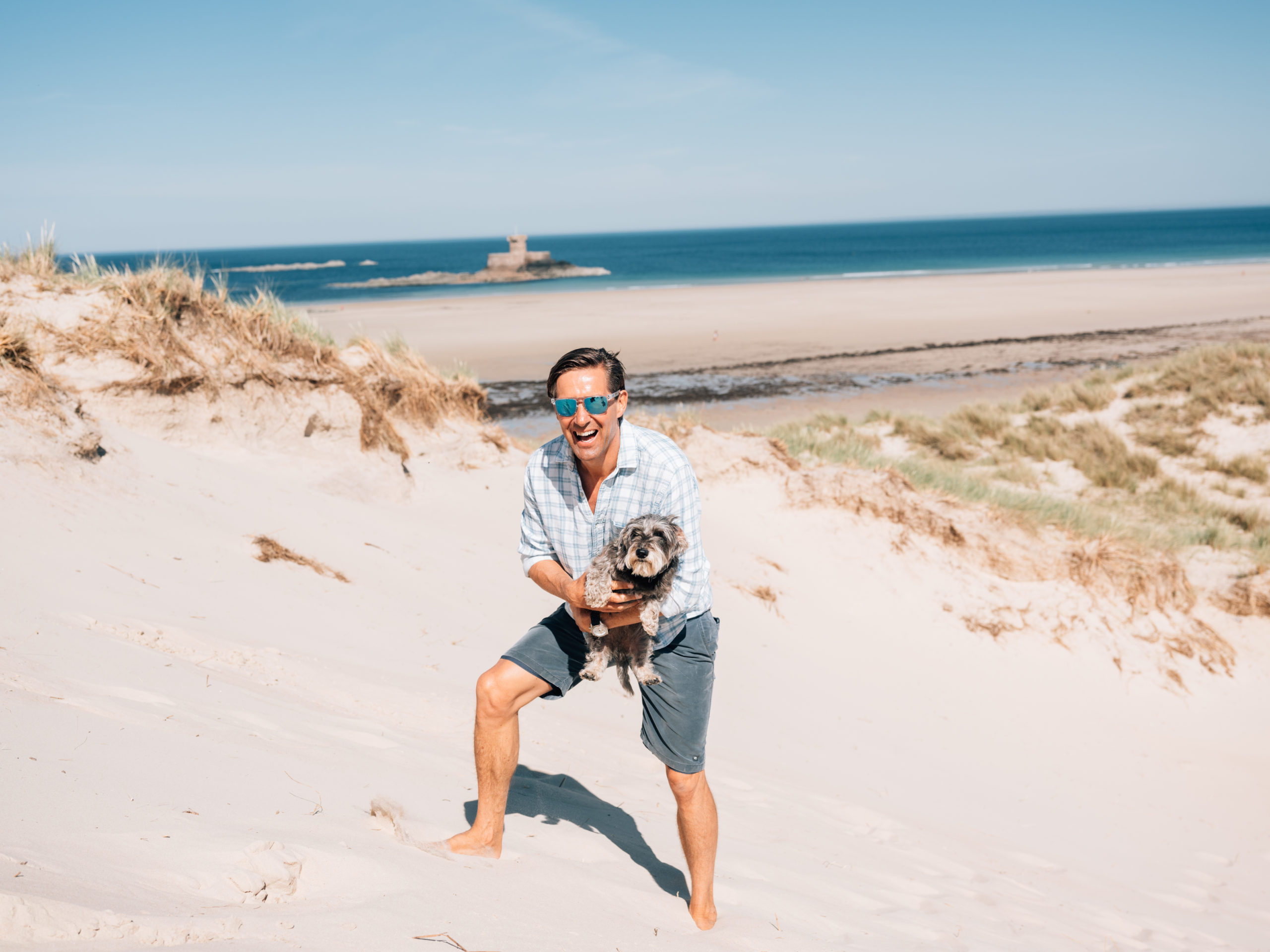
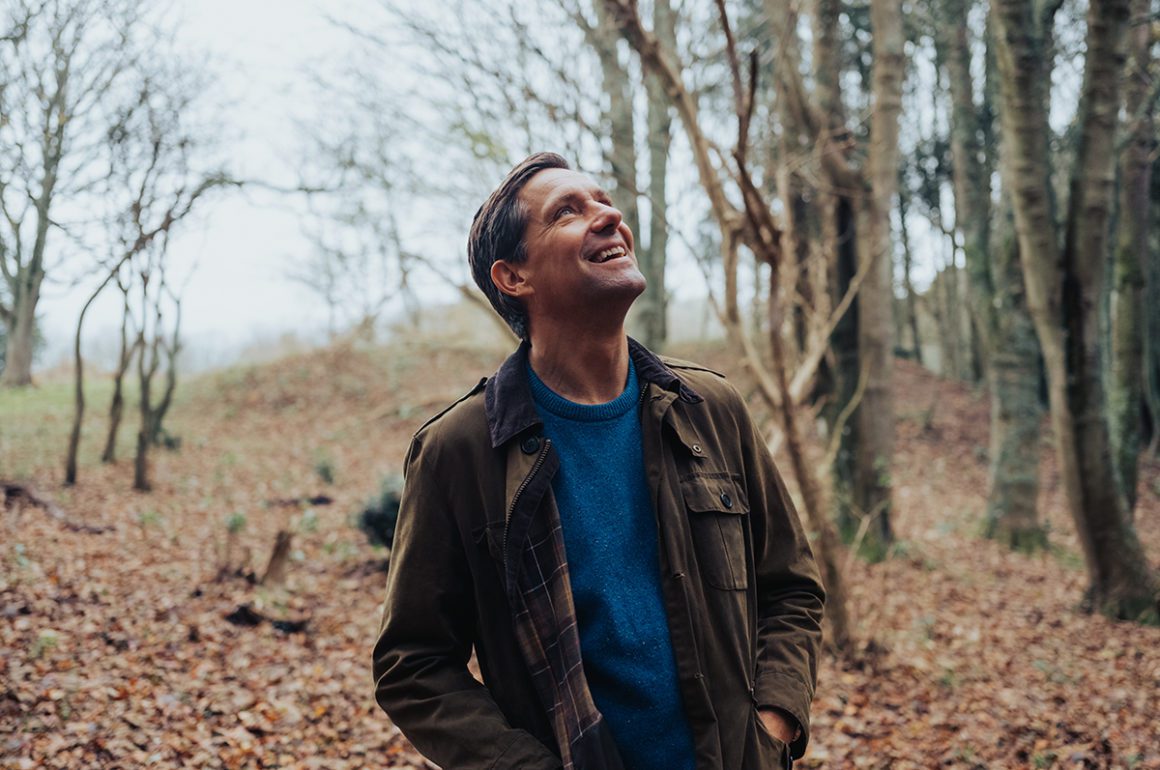
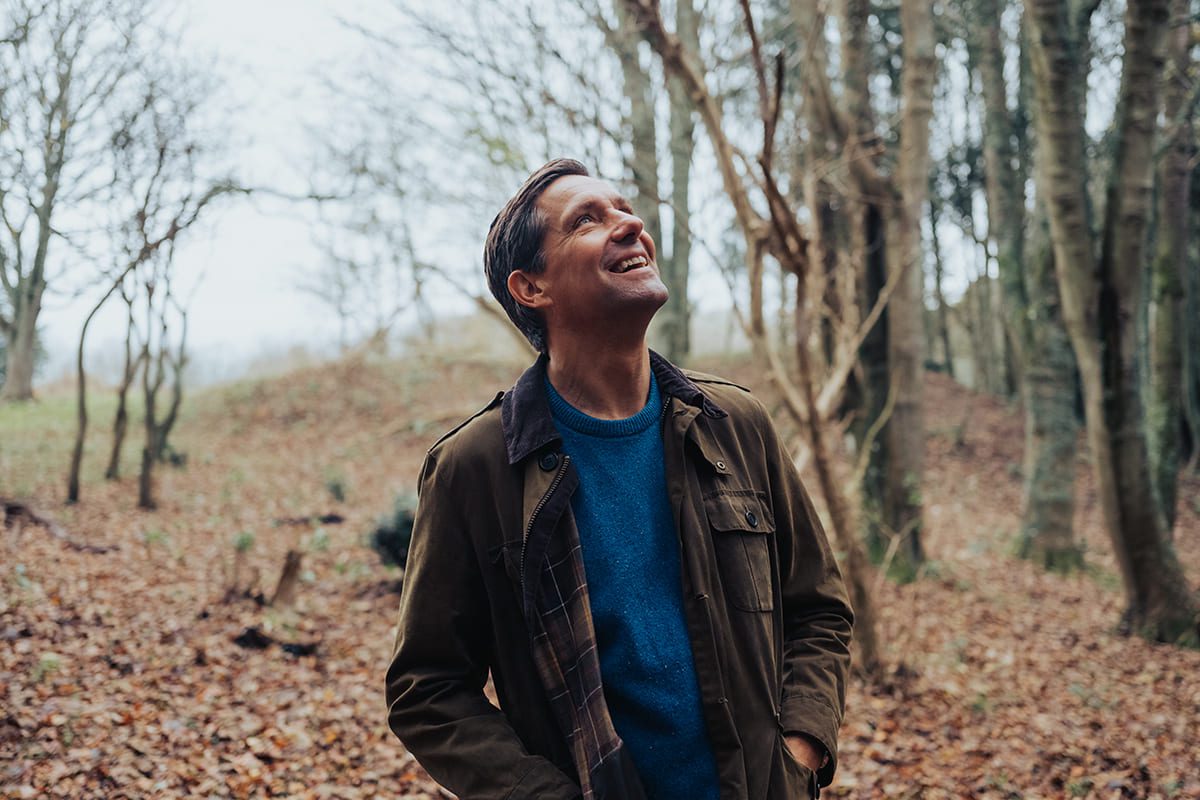
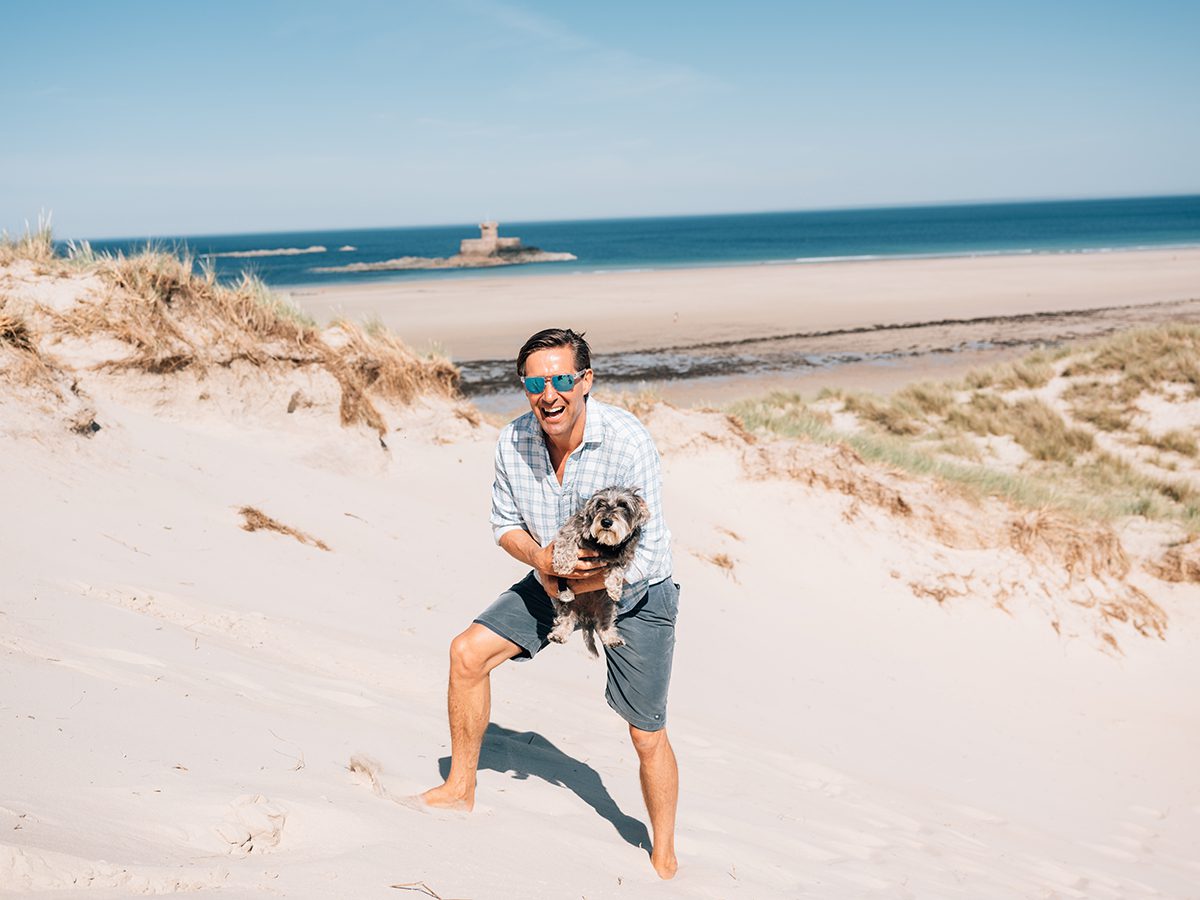
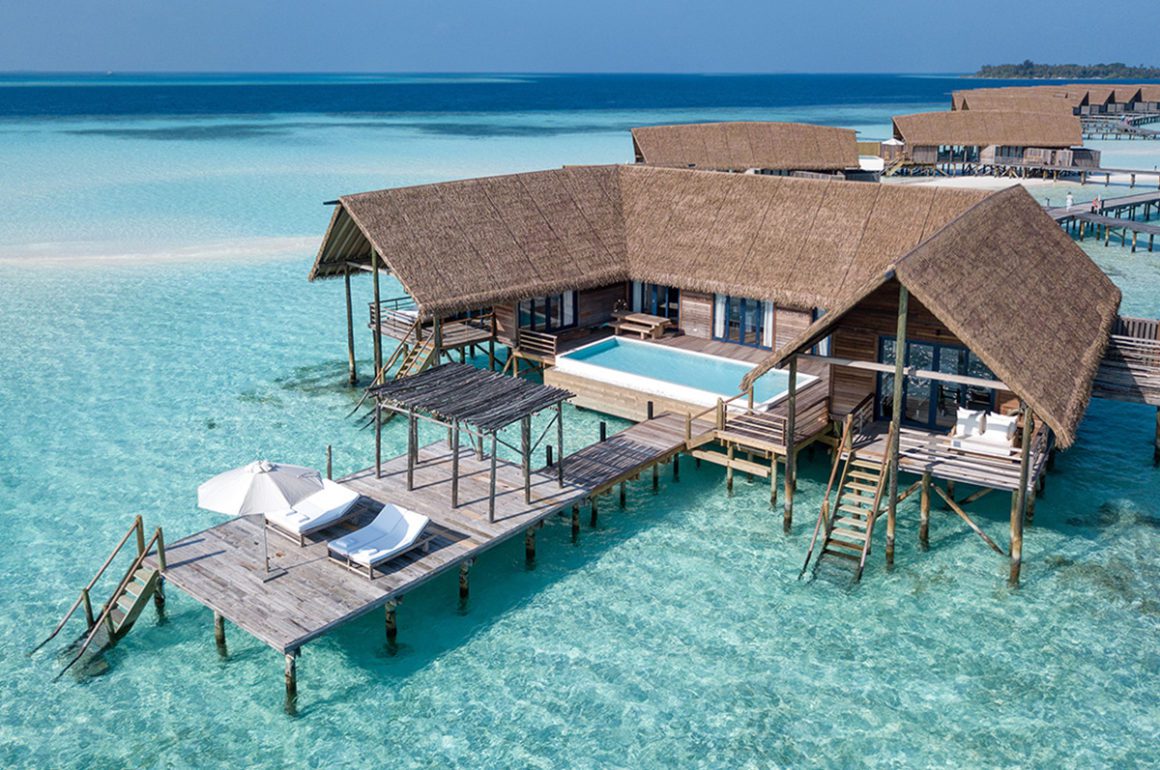
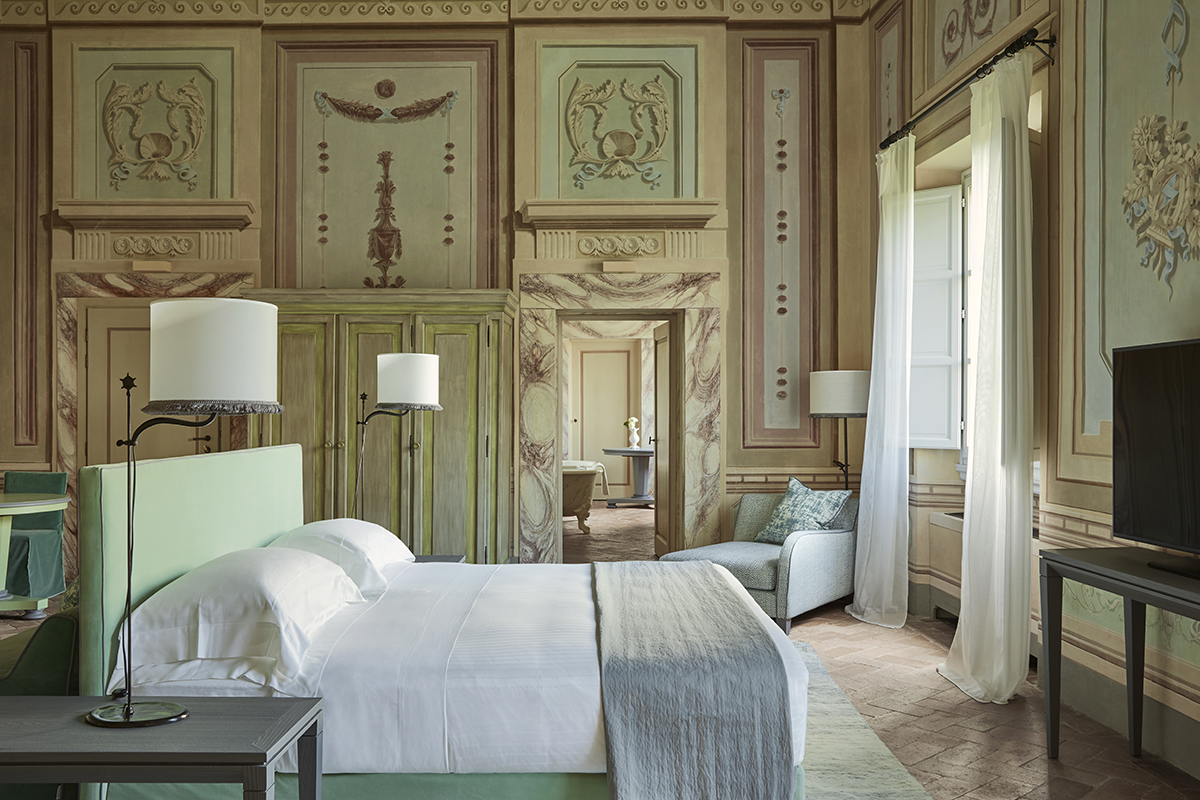
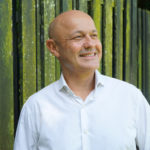
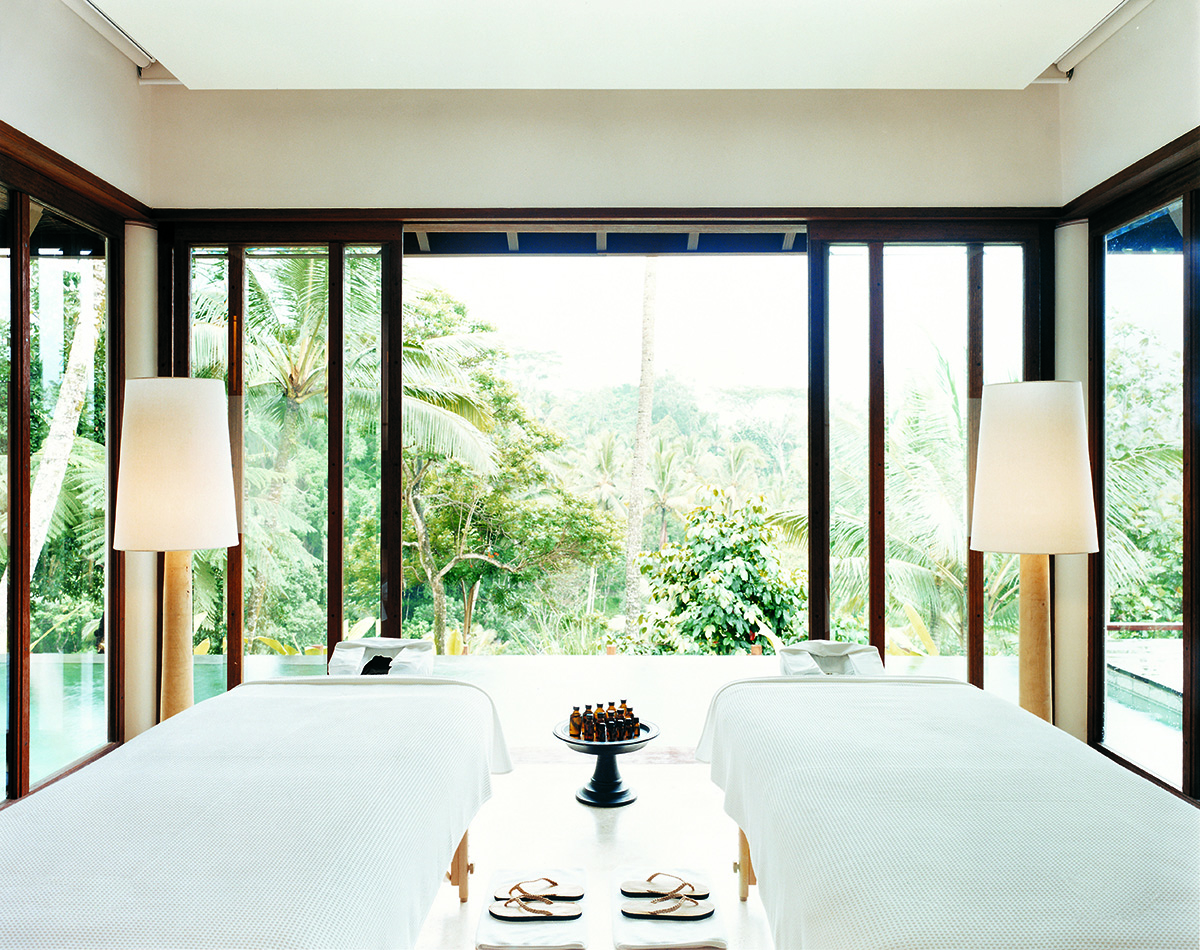
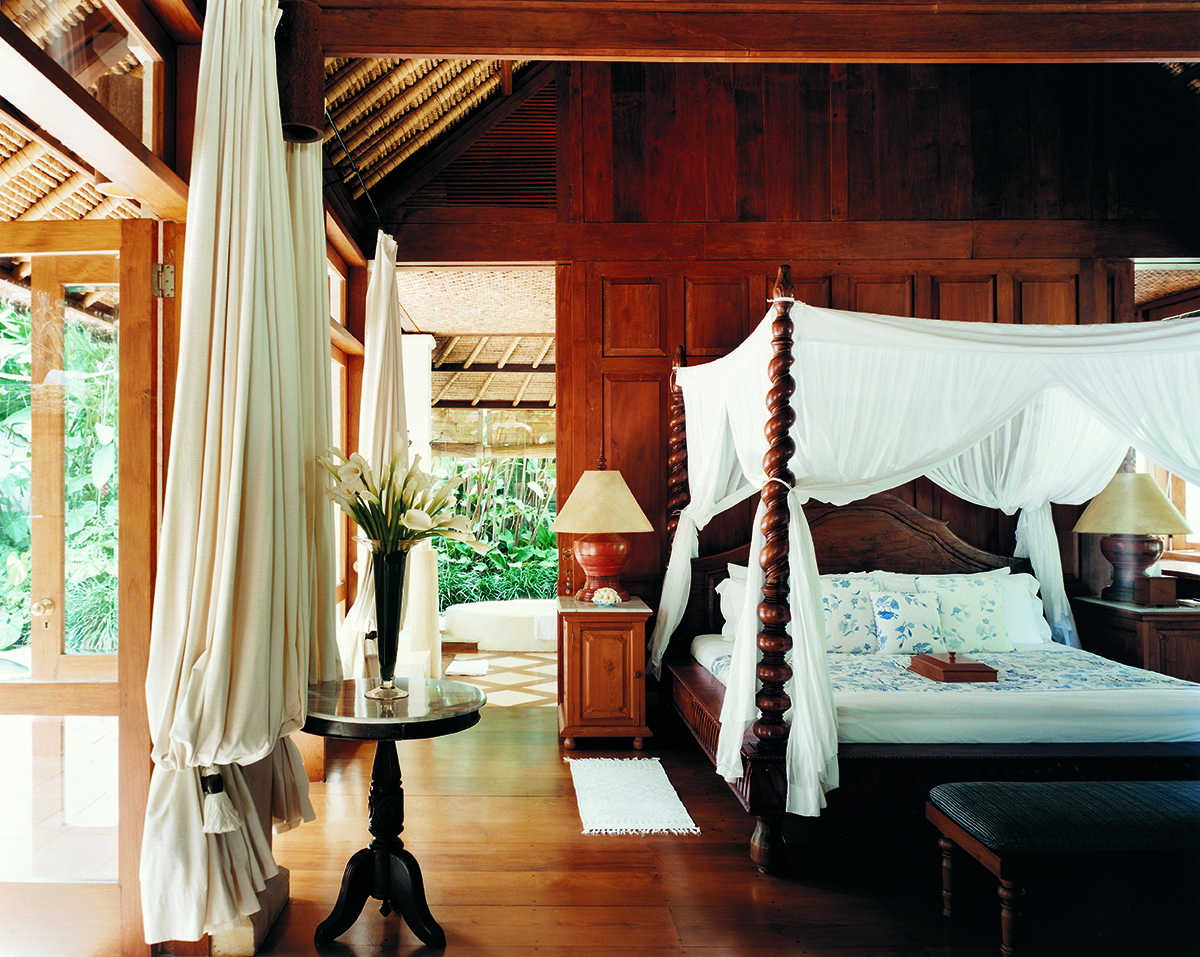
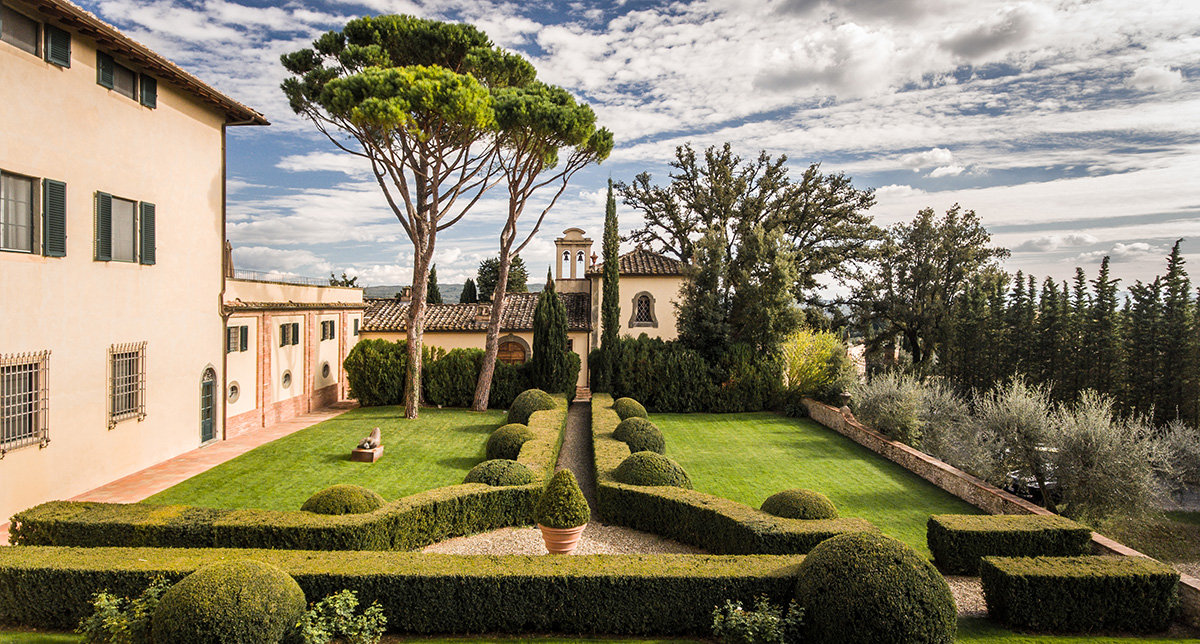
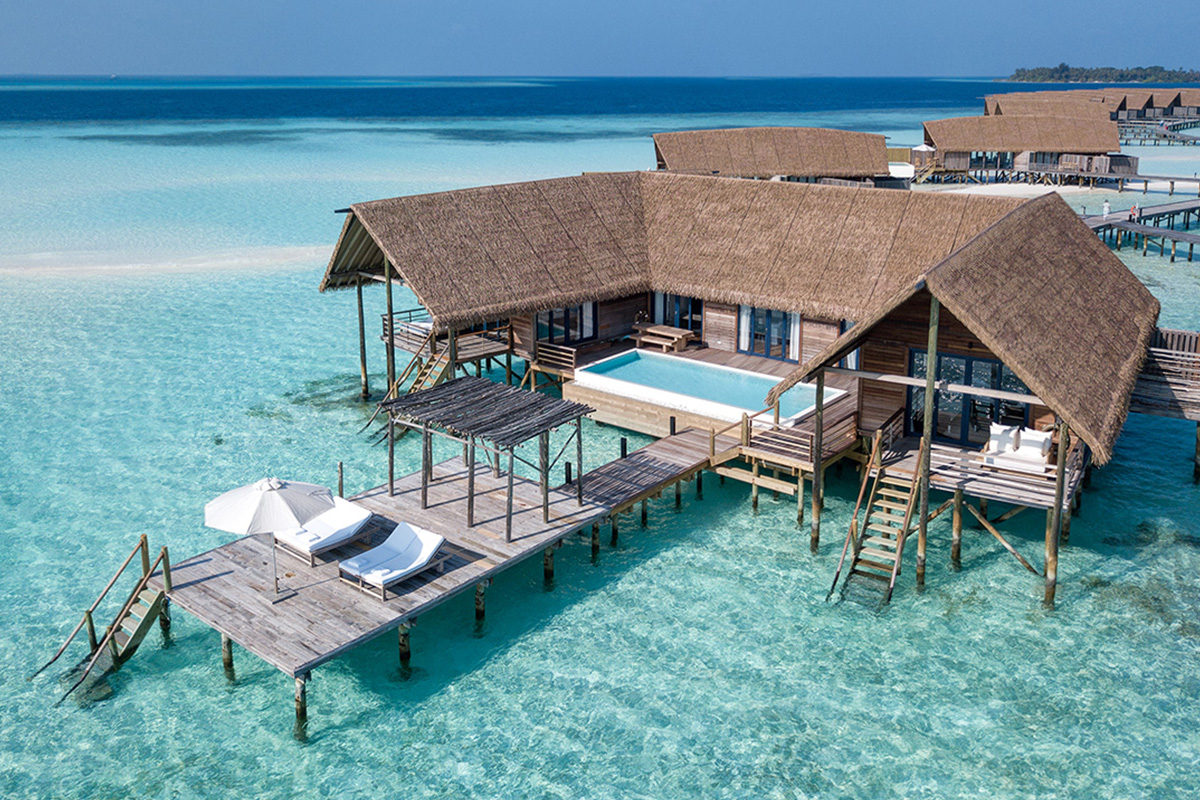




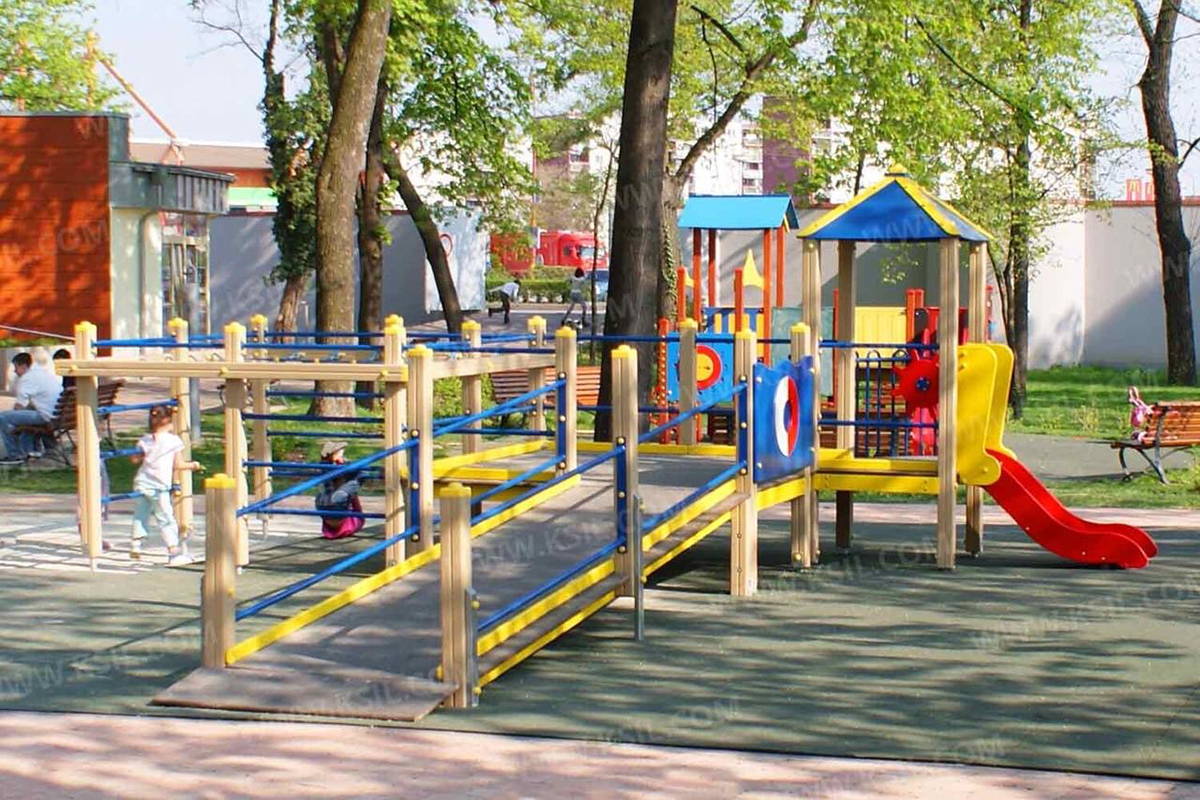
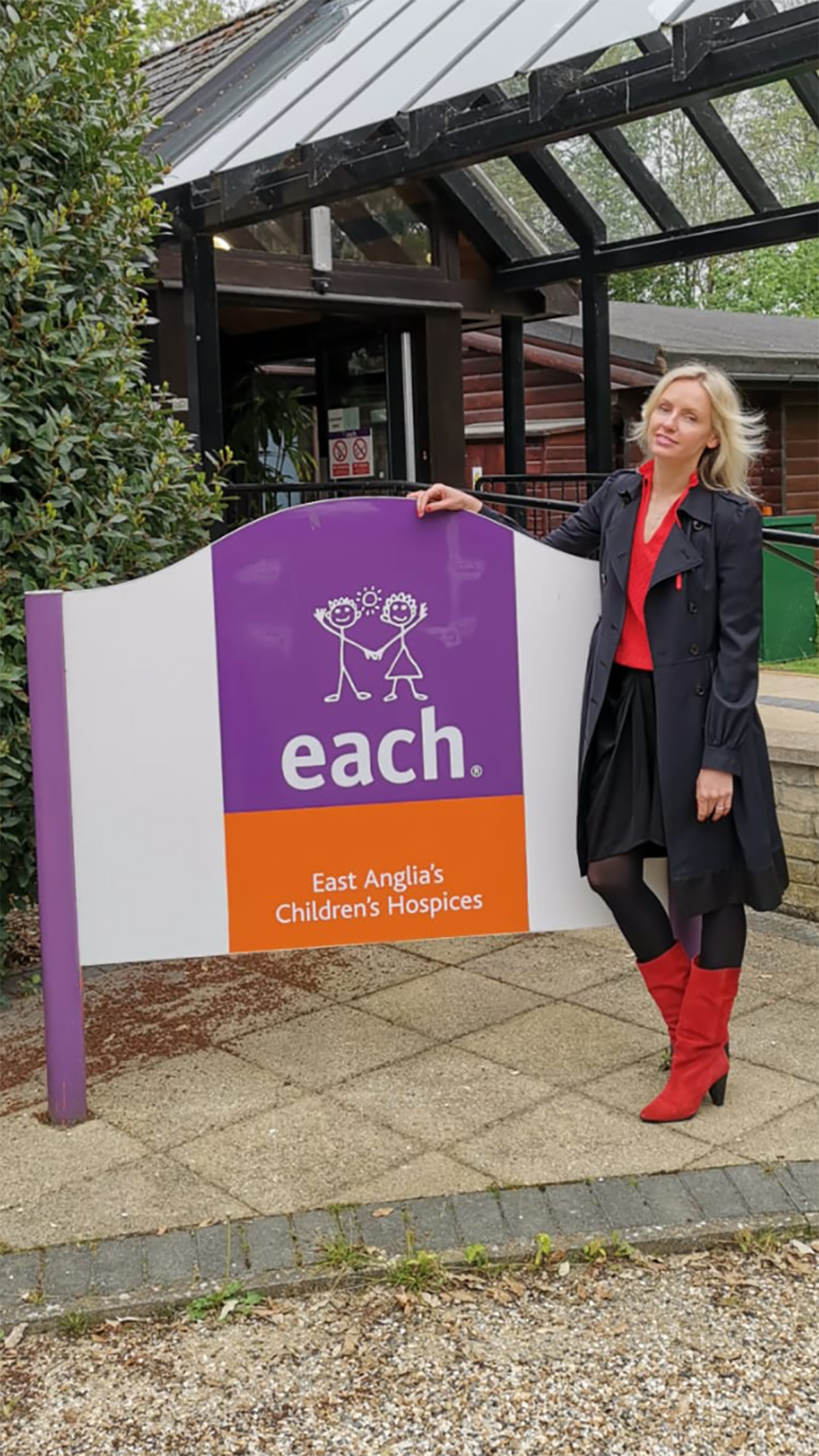
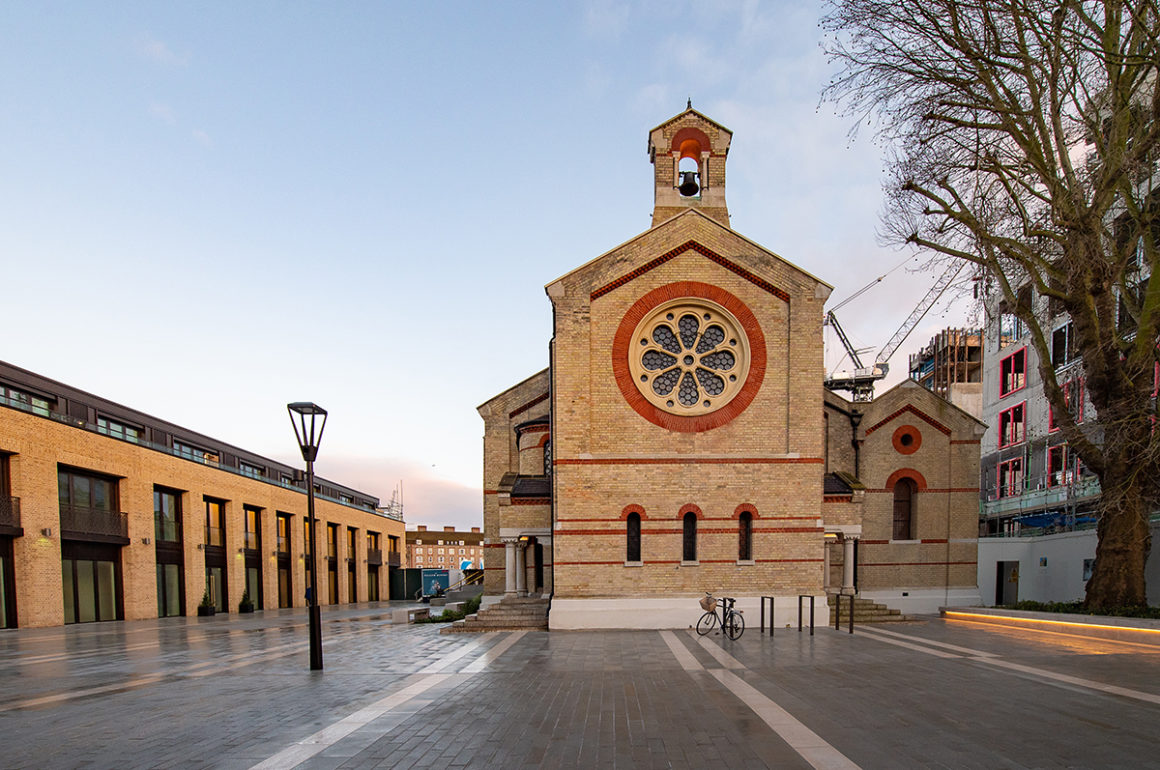
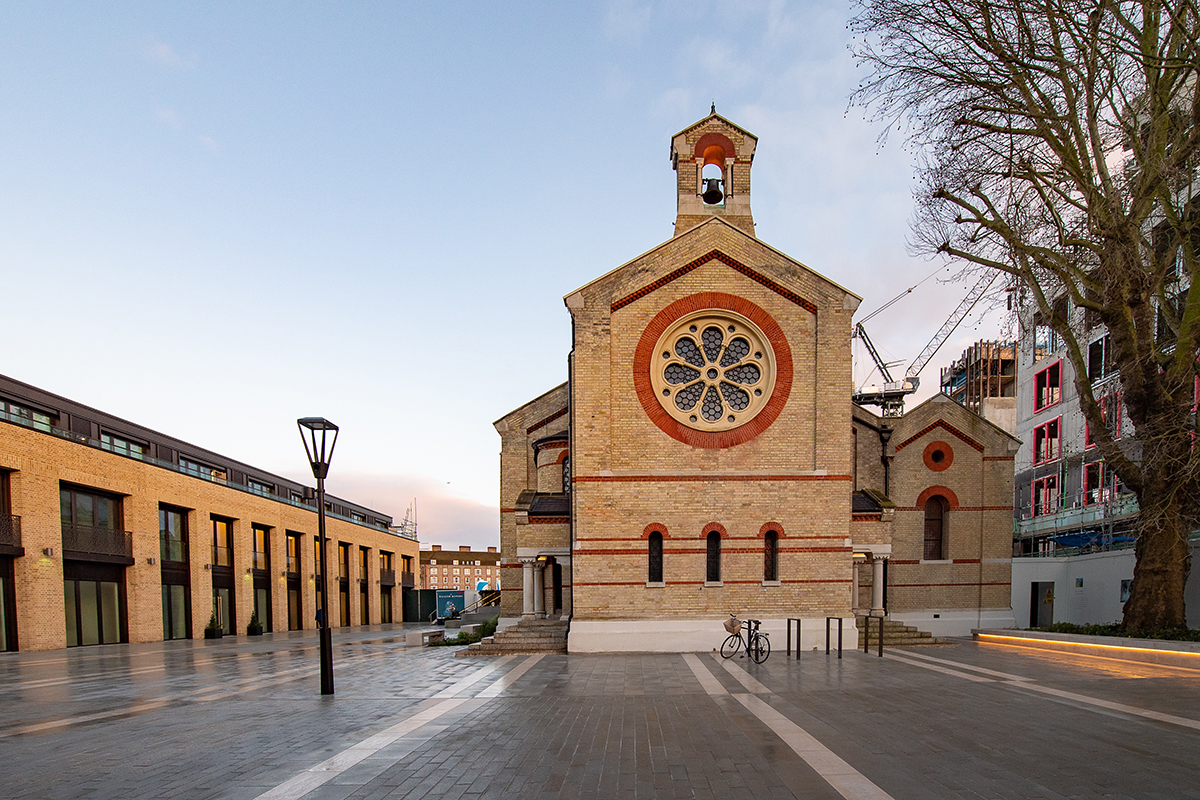
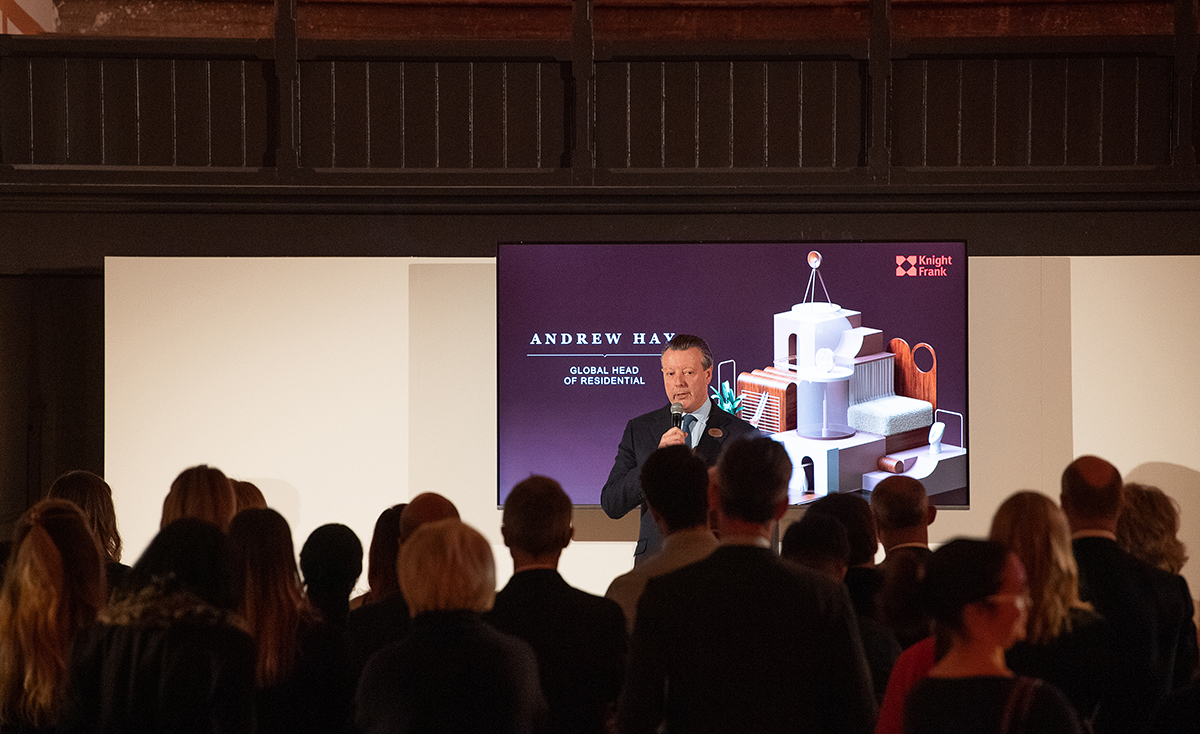
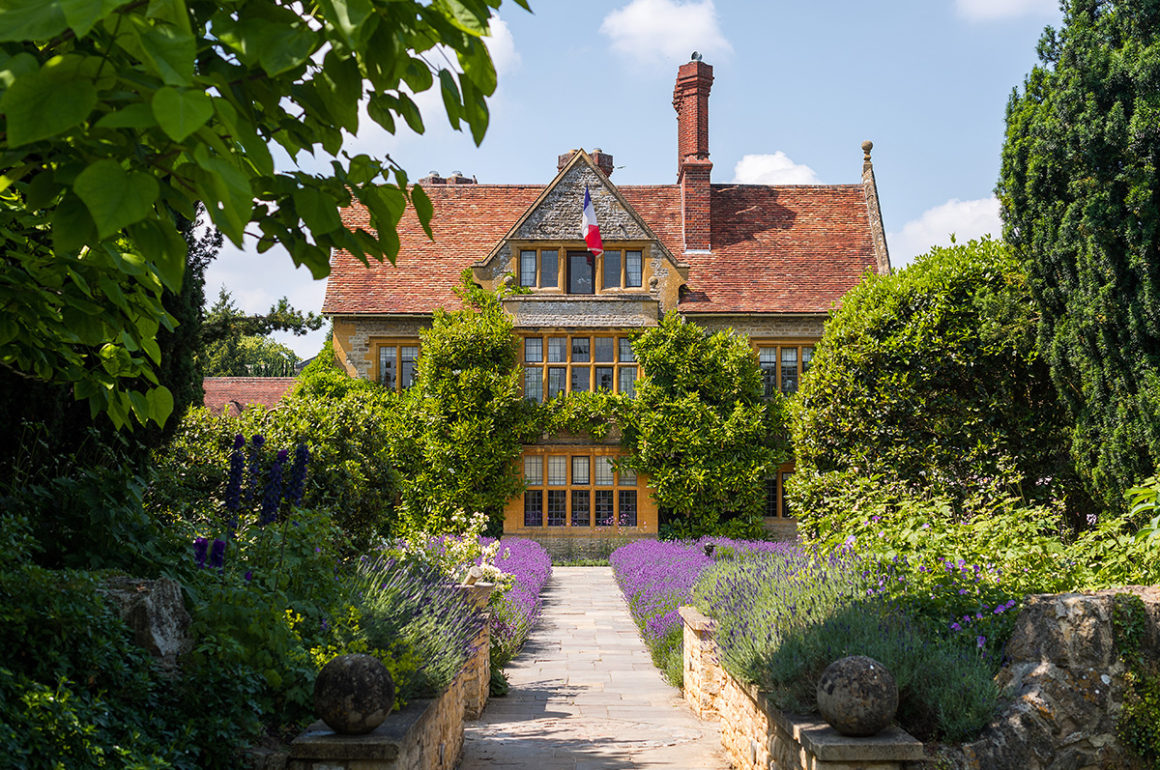
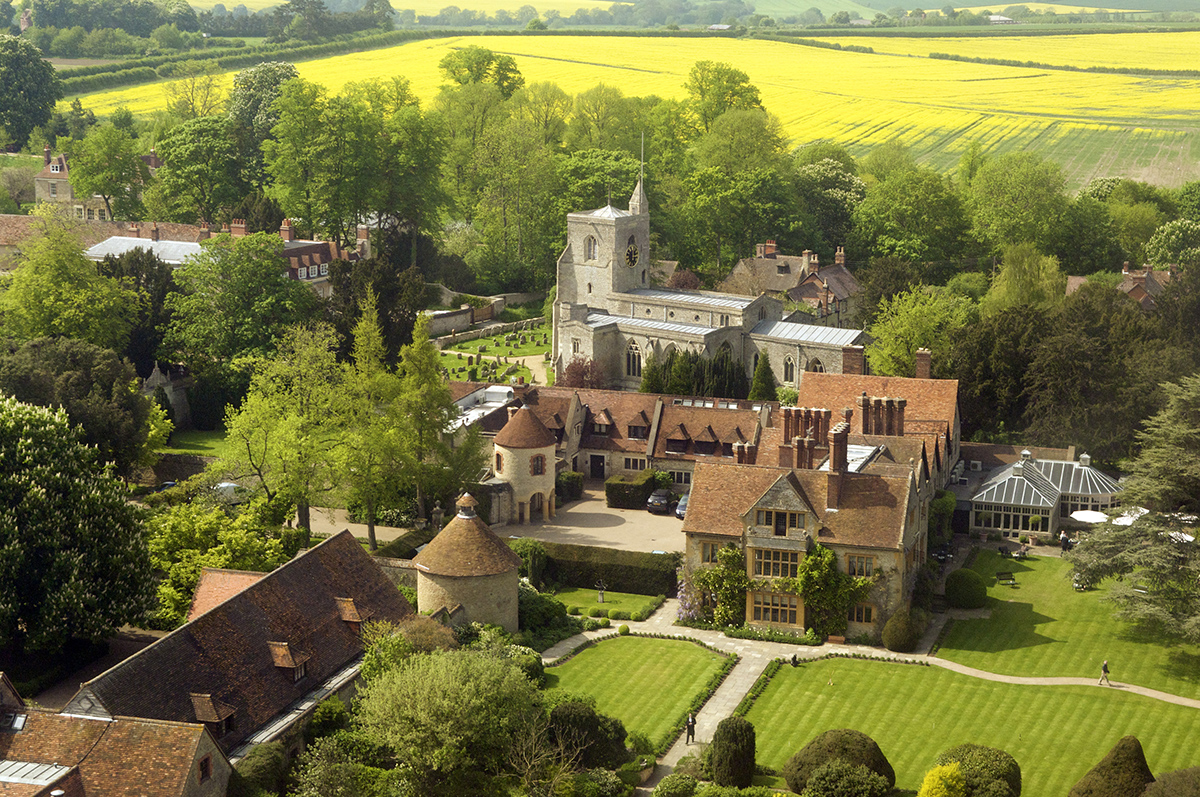
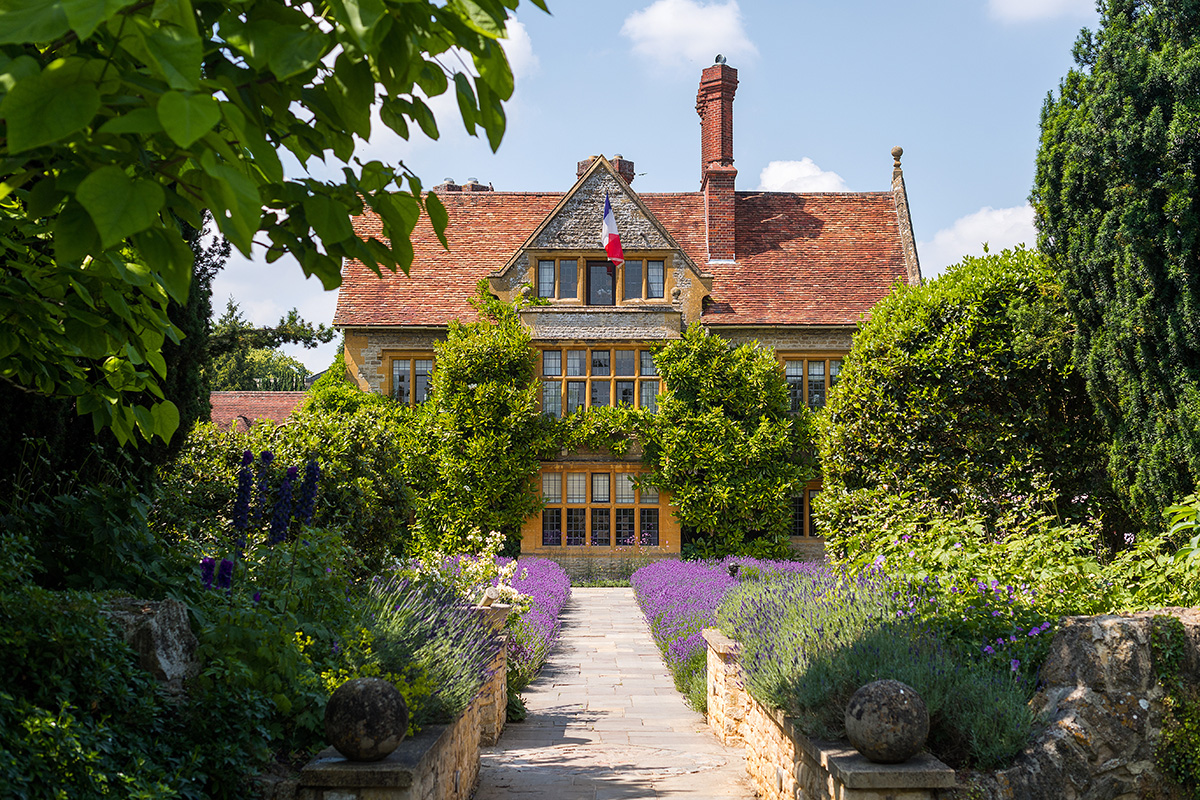
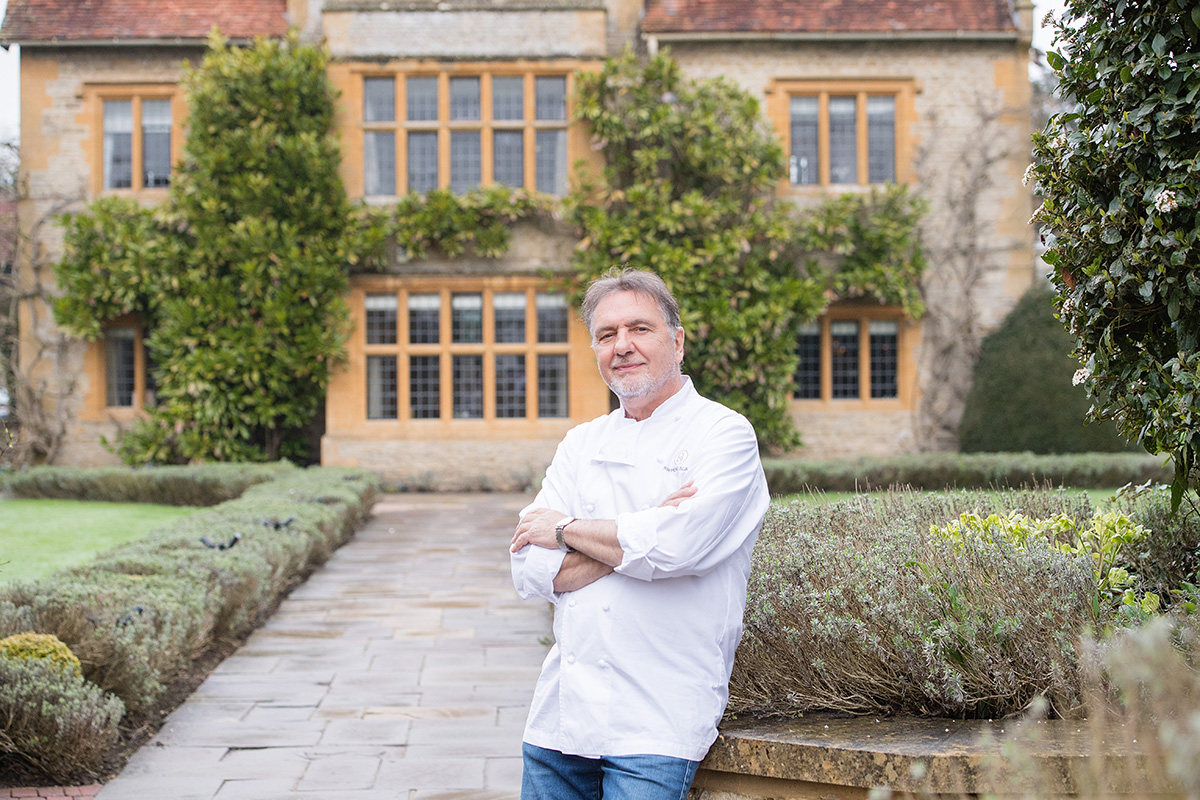
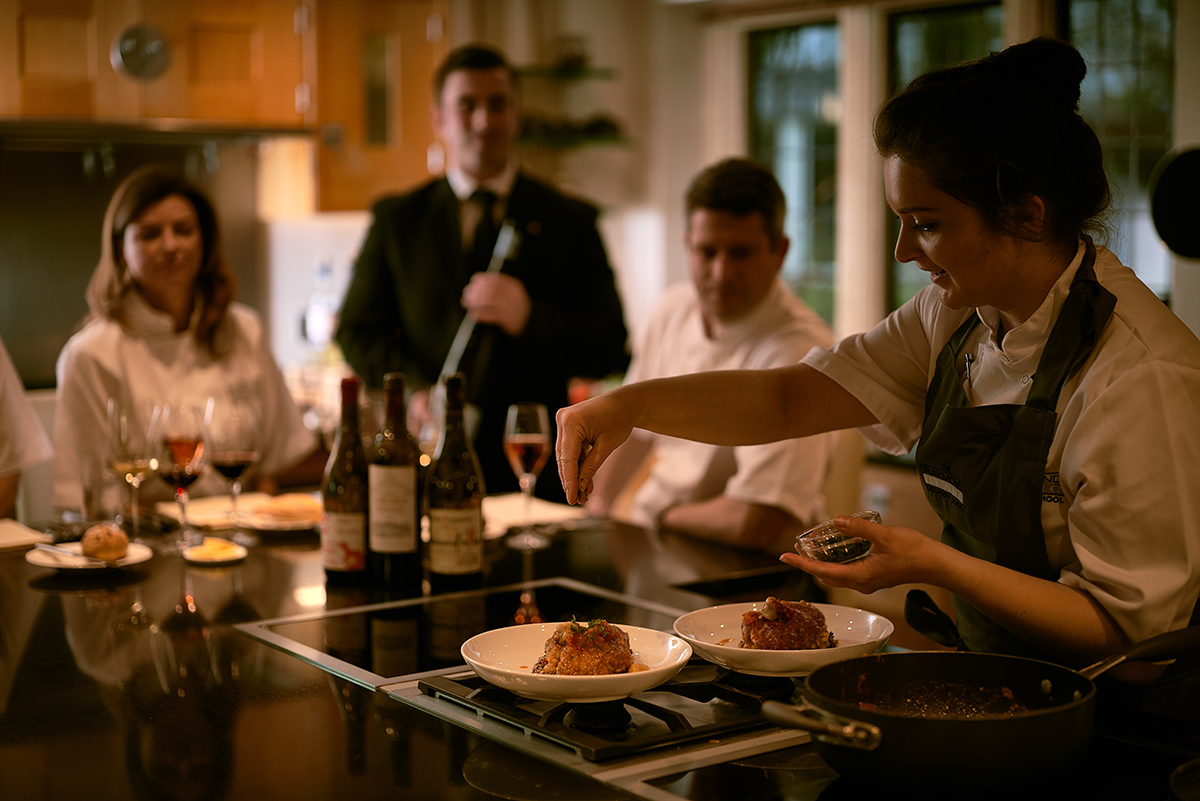
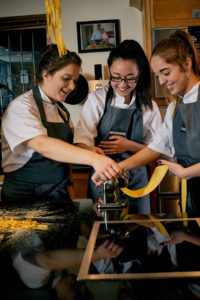
 In an age when we are valuing experiences over objects, a cookery class voucher is a welcome gift. Raymond Blanc’s cookery school in Oxfordshire is just across the hall from his bustling kitchen that serves Le Manoir’s restaurant, but the ambience is markedly different. Here is the kitchen of your dreams, fully equipped with state-of-the-art Gaggenau hardware in fine wood cabinets. The school channels Blanc’s culinary DNA through its director,
In an age when we are valuing experiences over objects, a cookery class voucher is a welcome gift. Raymond Blanc’s cookery school in Oxfordshire is just across the hall from his bustling kitchen that serves Le Manoir’s restaurant, but the ambience is markedly different. Here is the kitchen of your dreams, fully equipped with state-of-the-art Gaggenau hardware in fine wood cabinets. The school channels Blanc’s culinary DNA through its director, 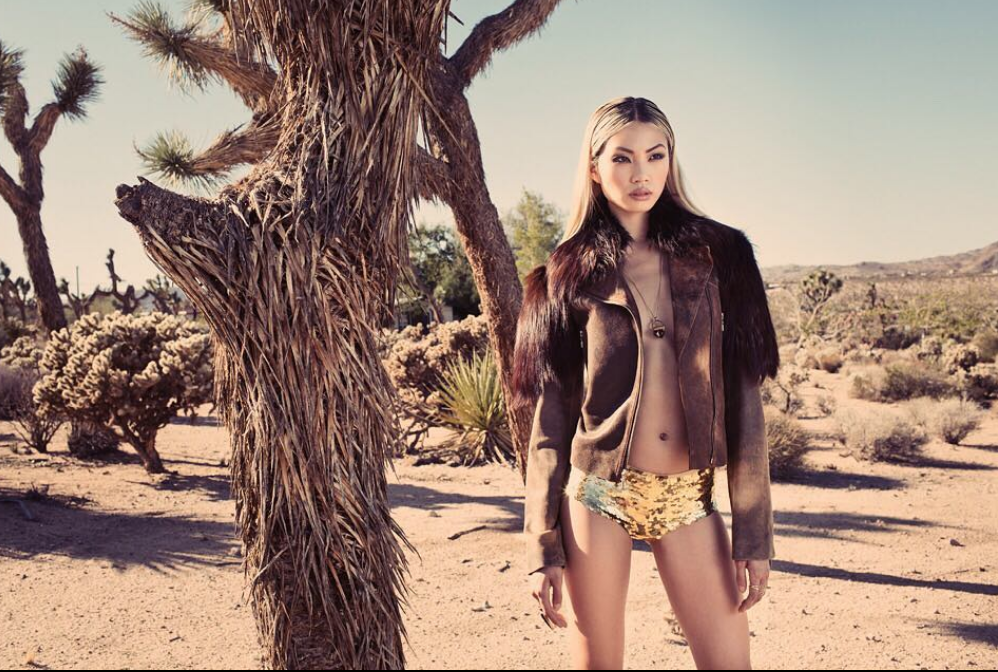

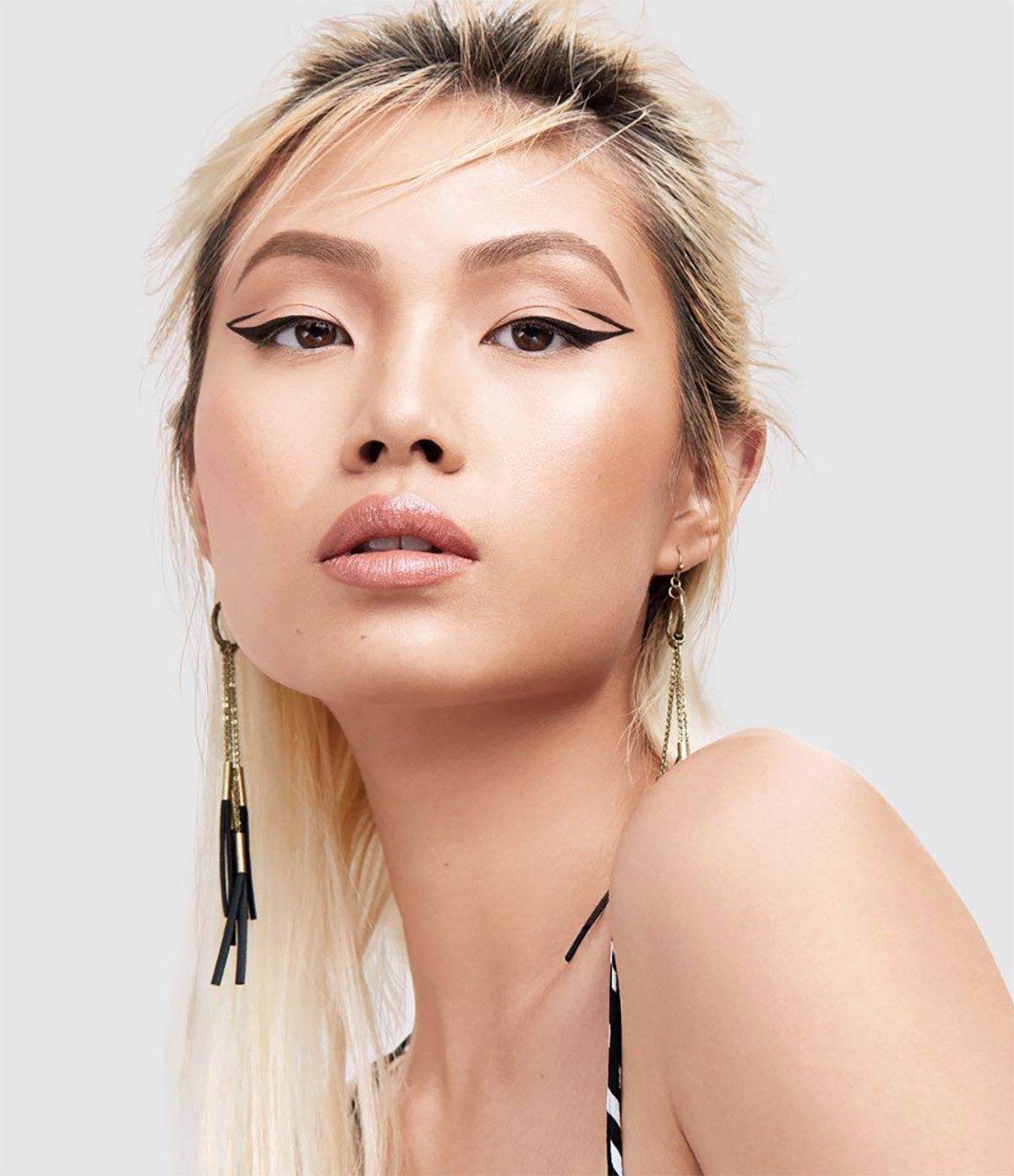
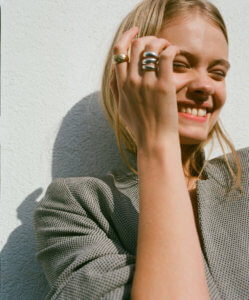
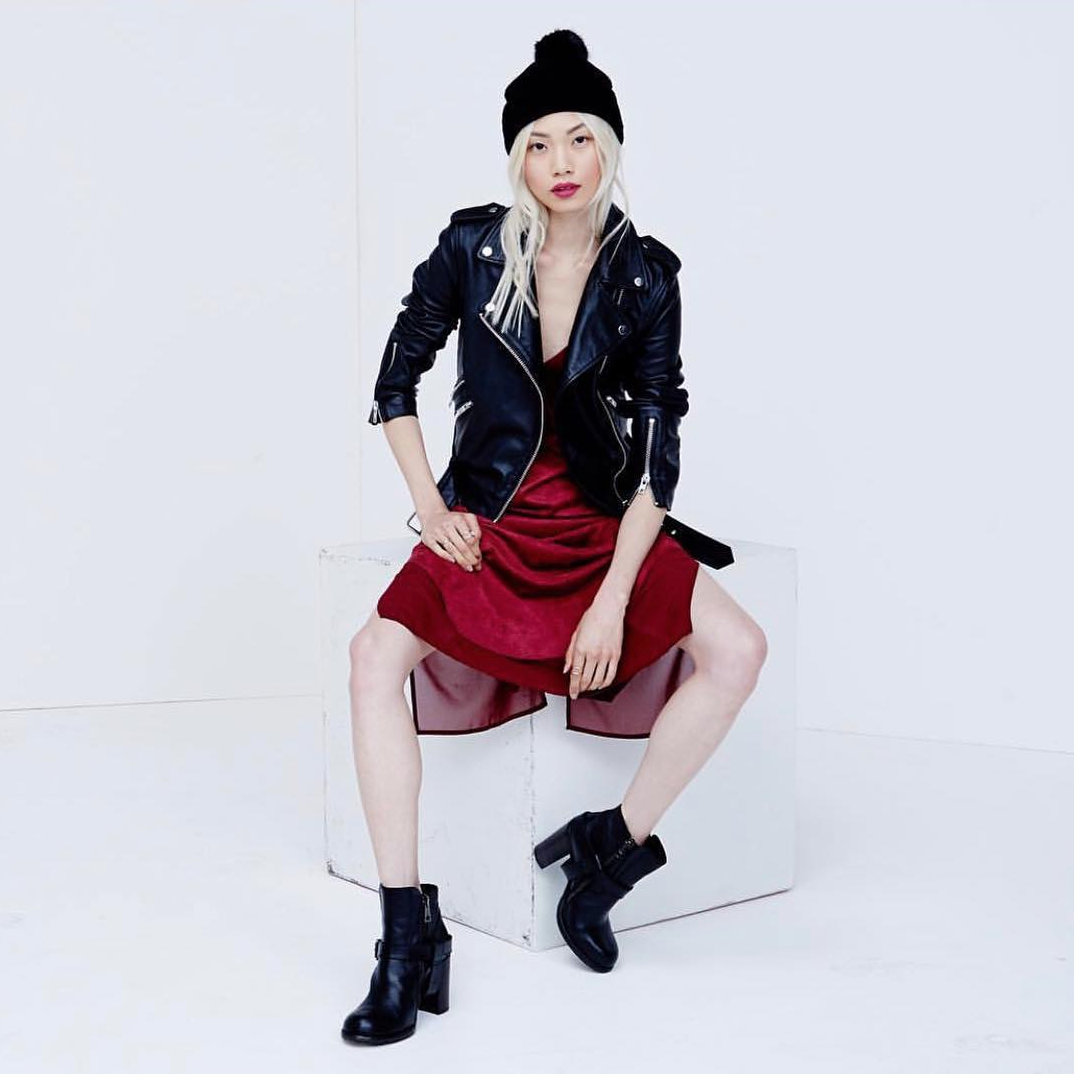

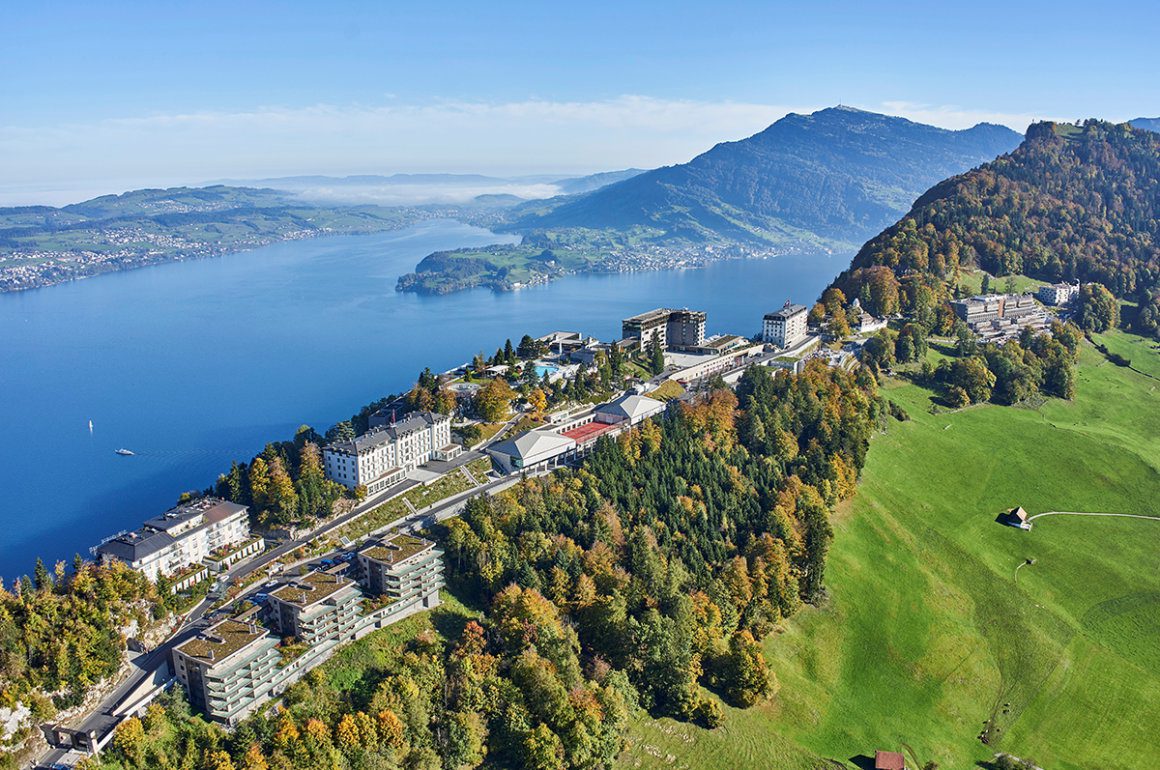
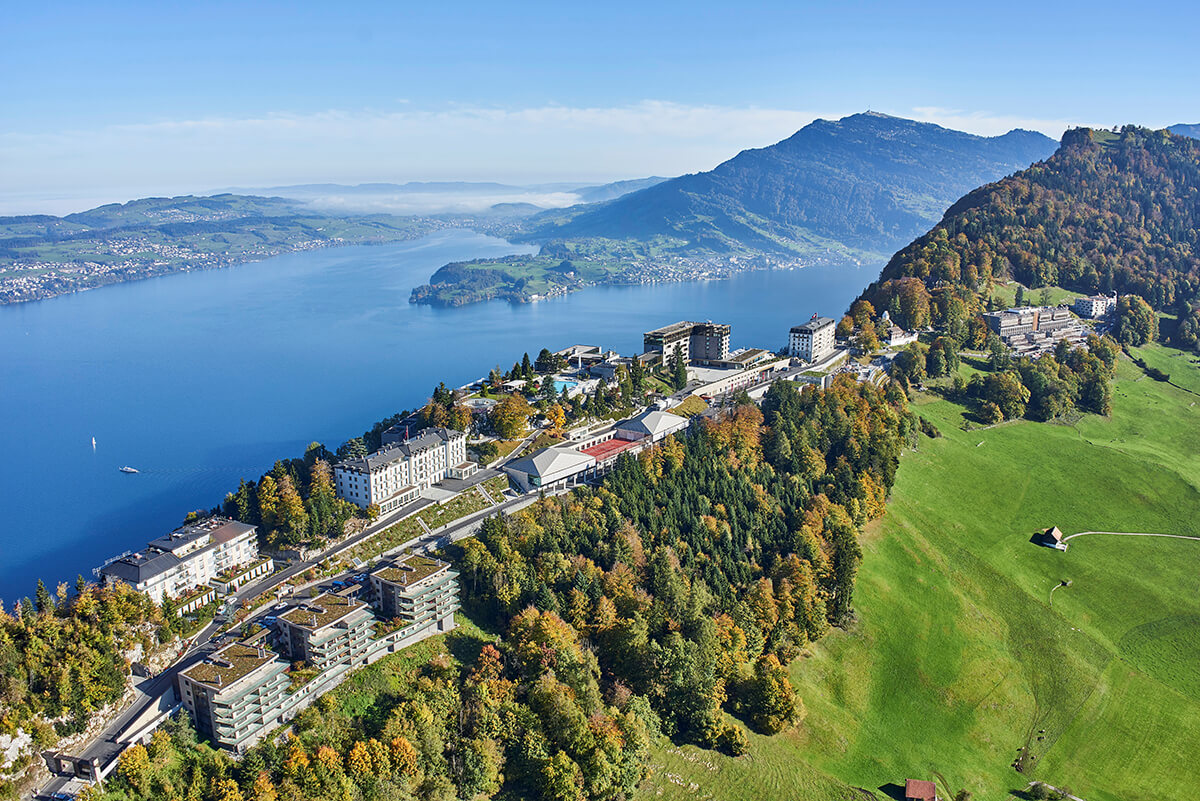
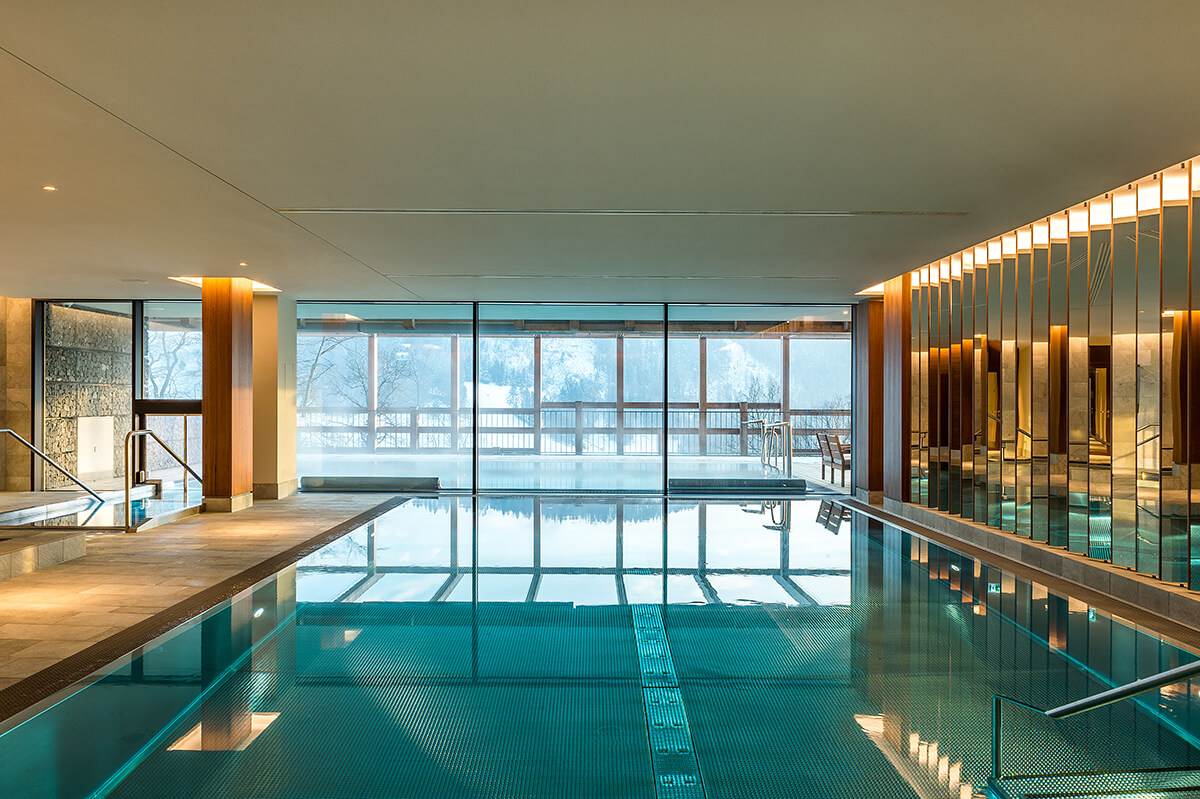
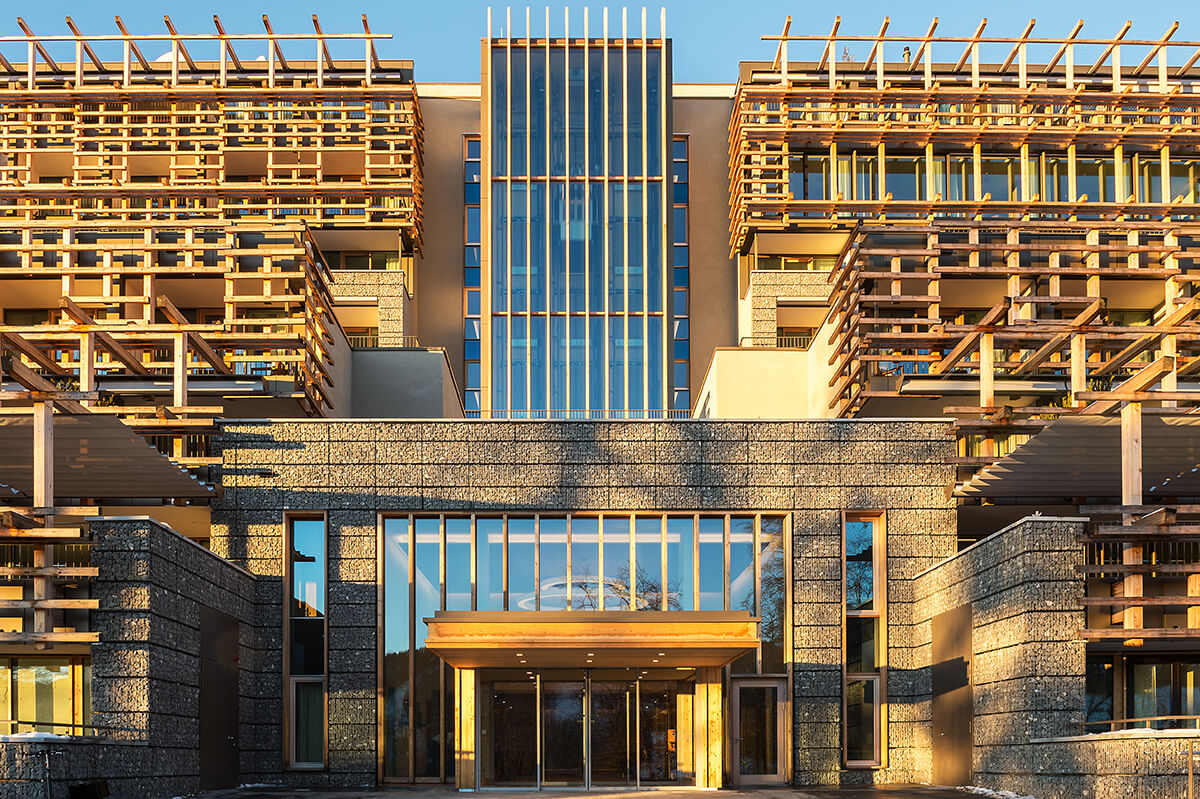
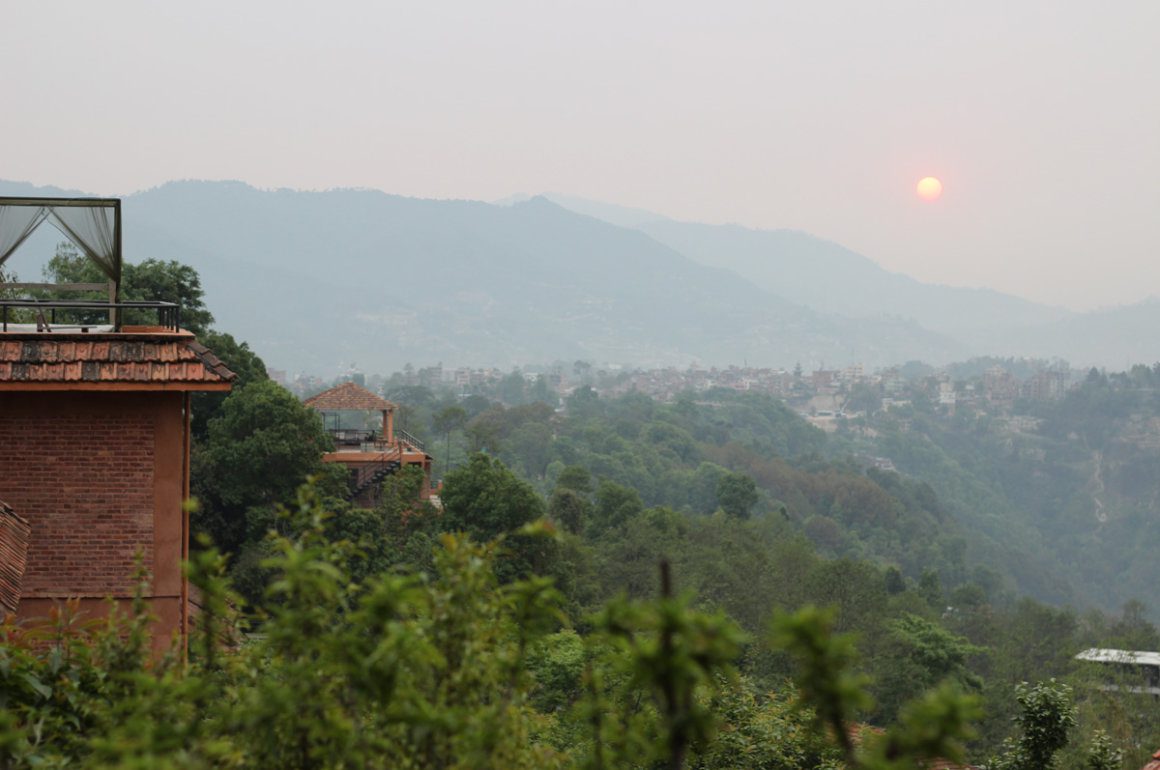
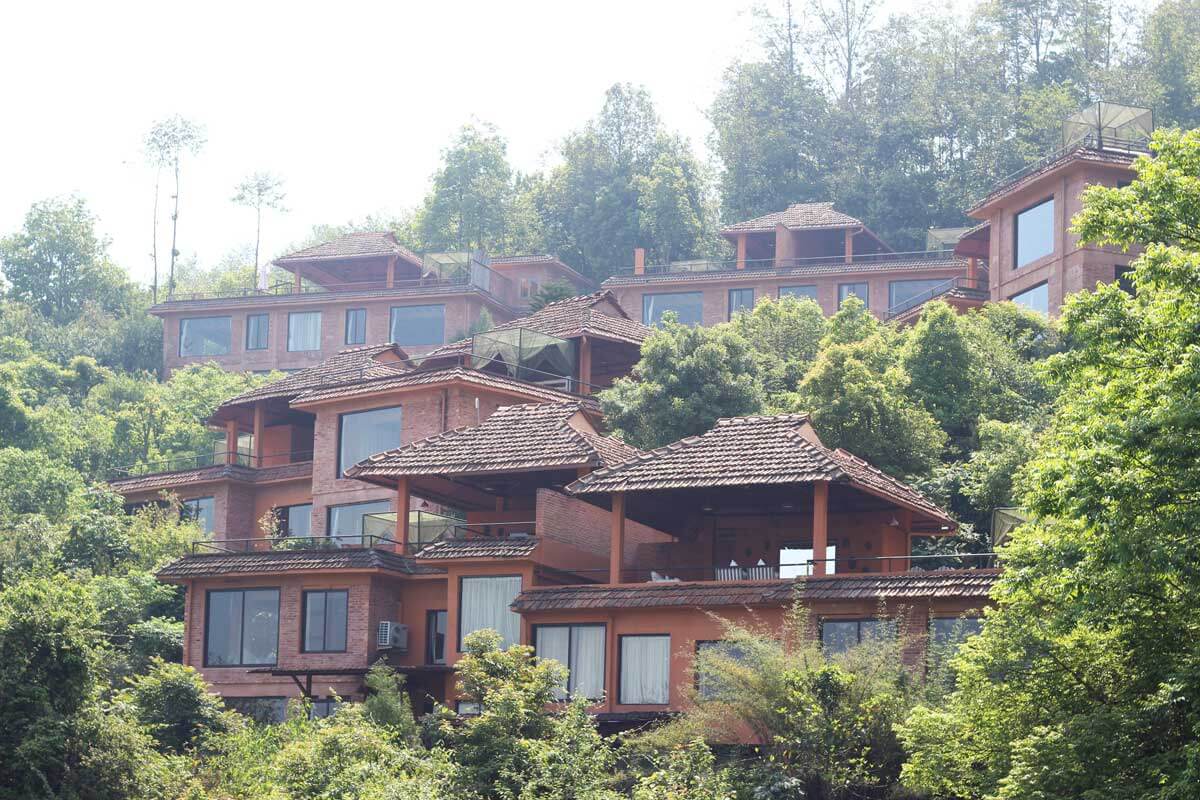
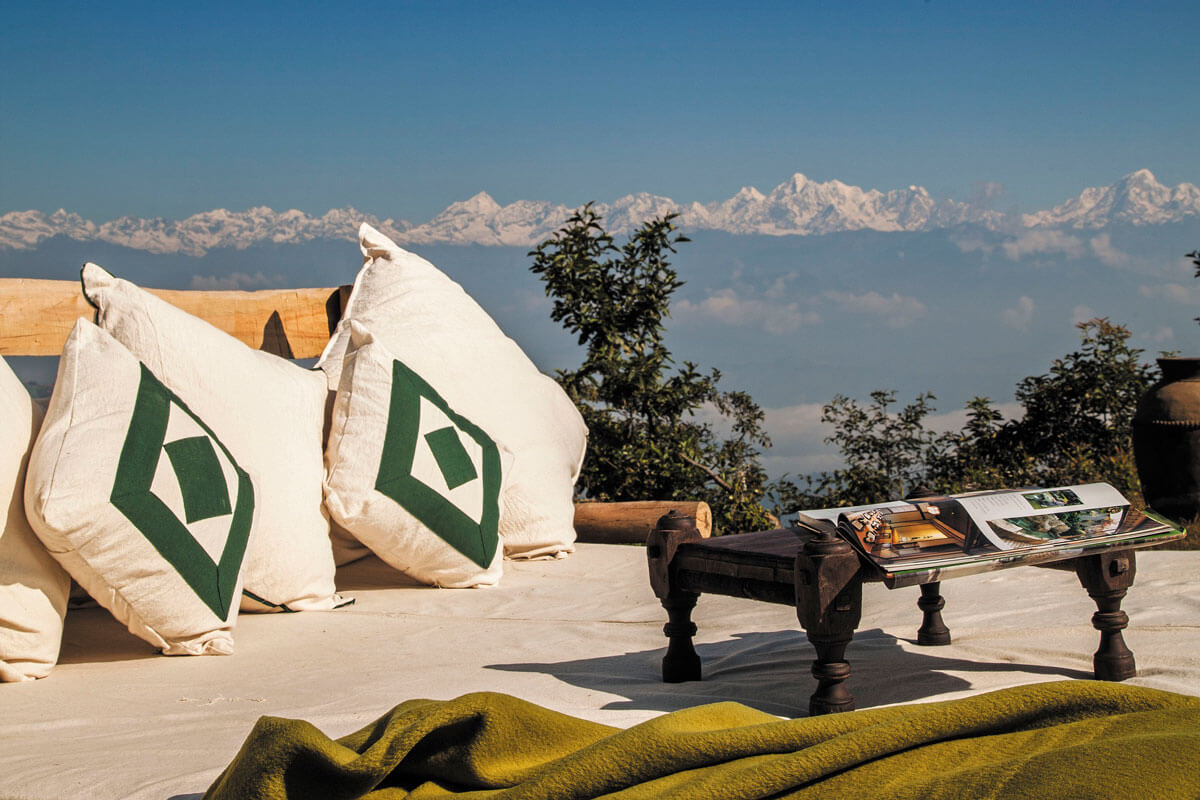
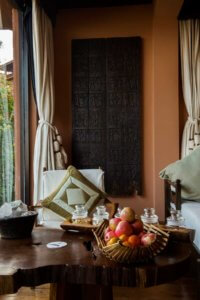
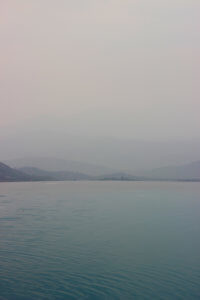
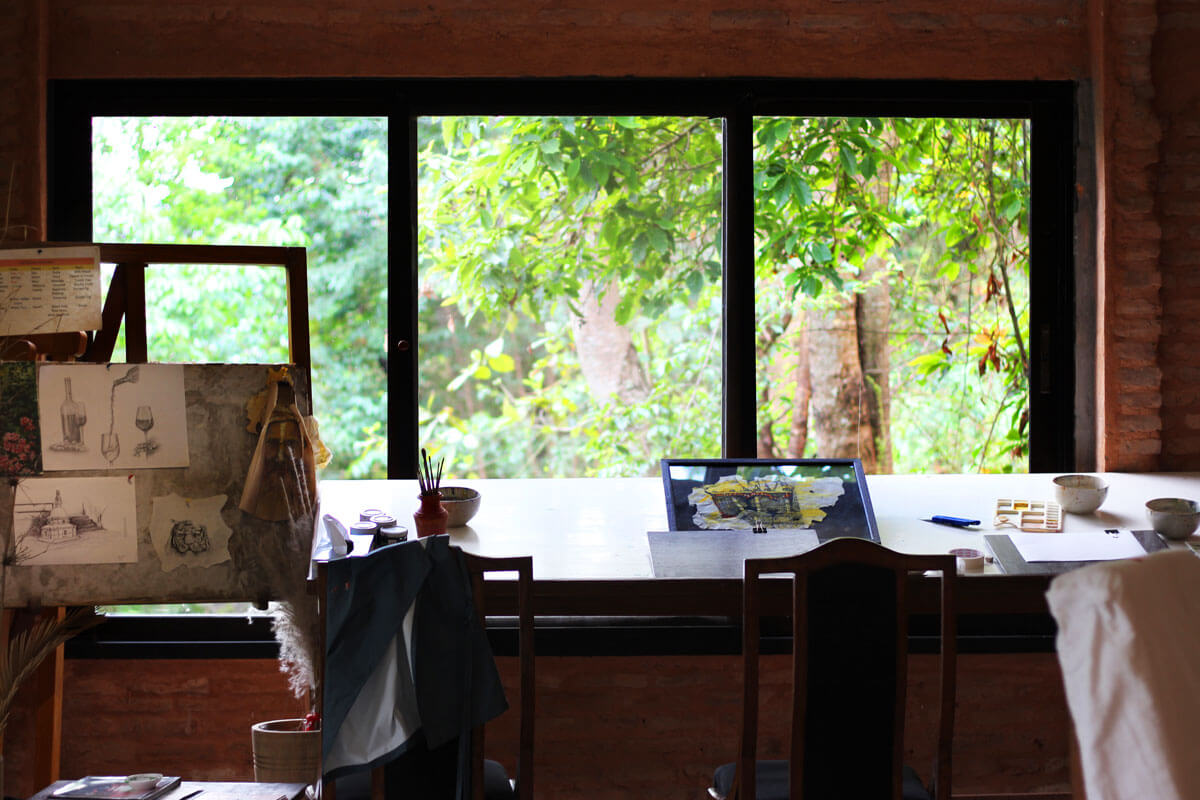
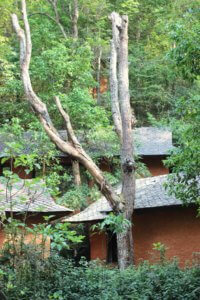
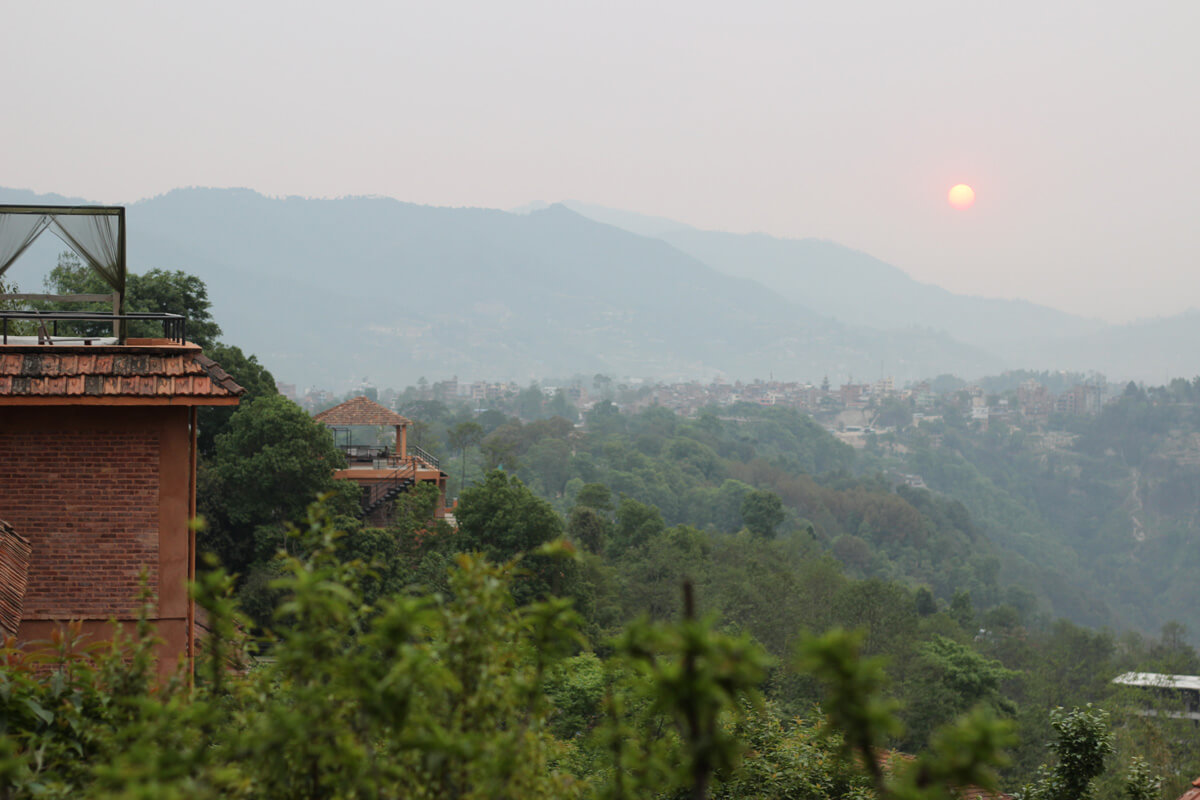





Recent Comments